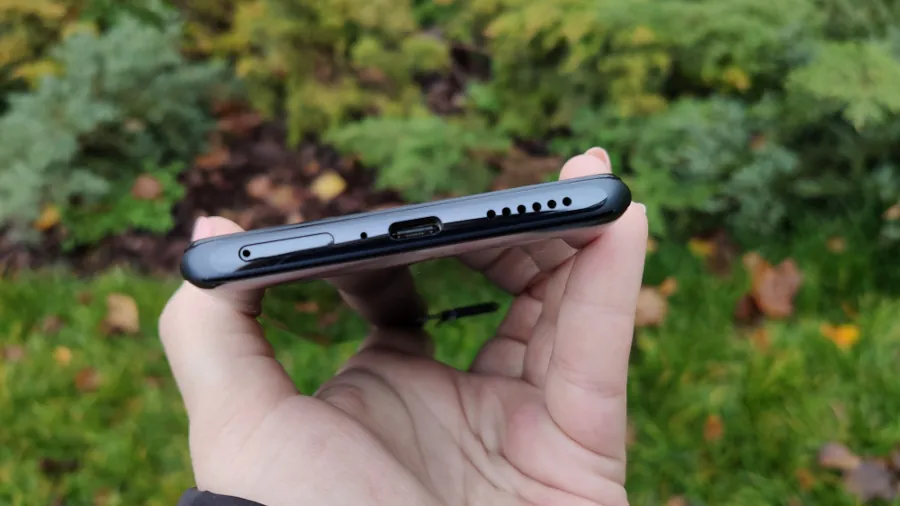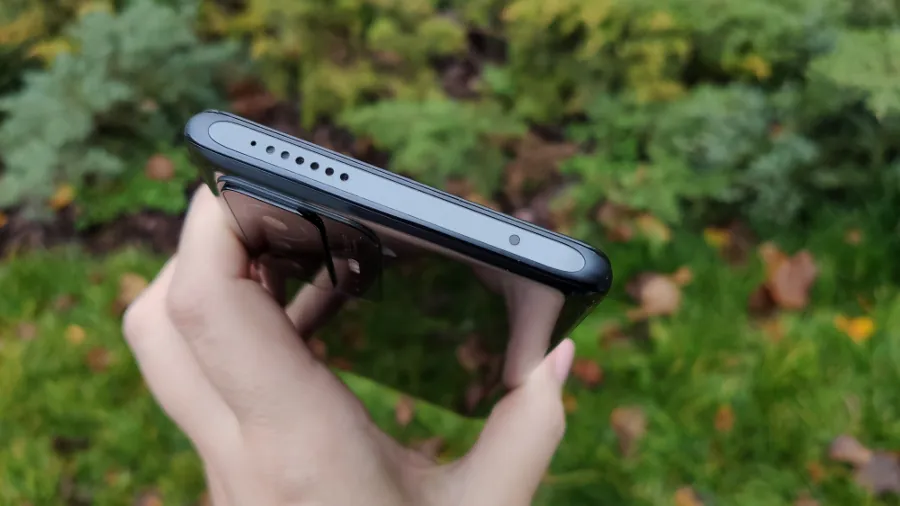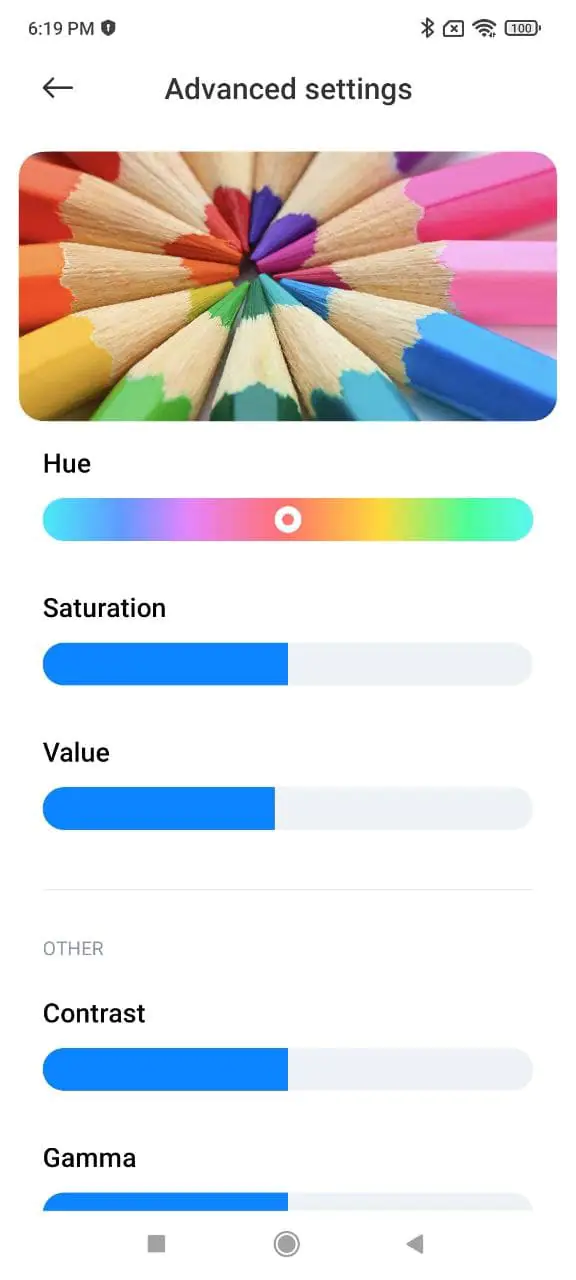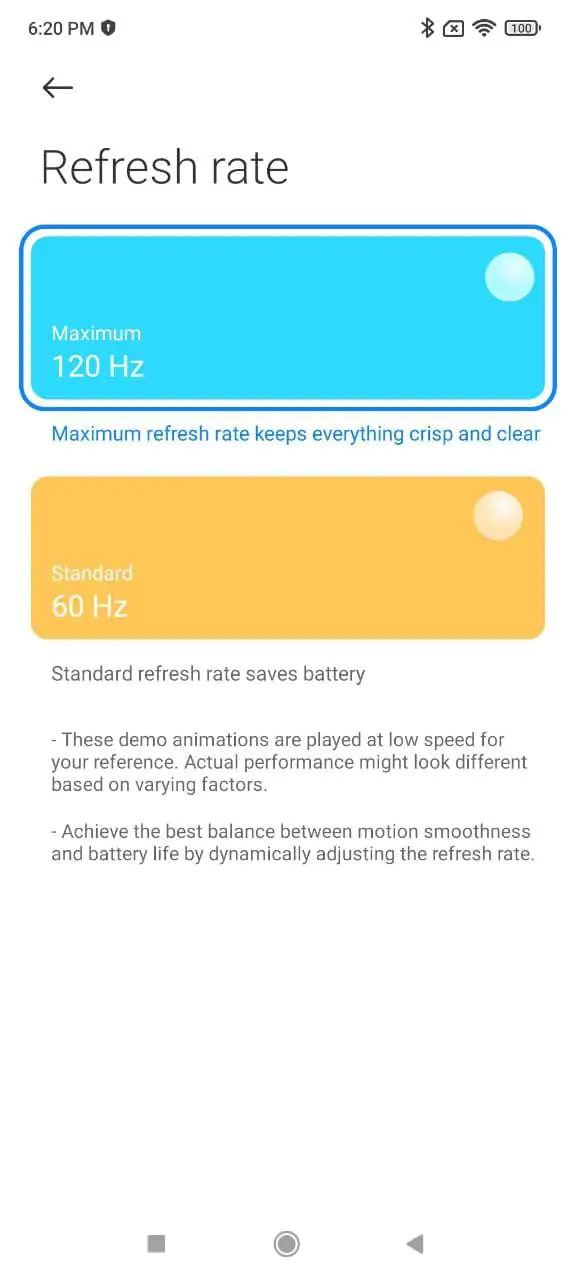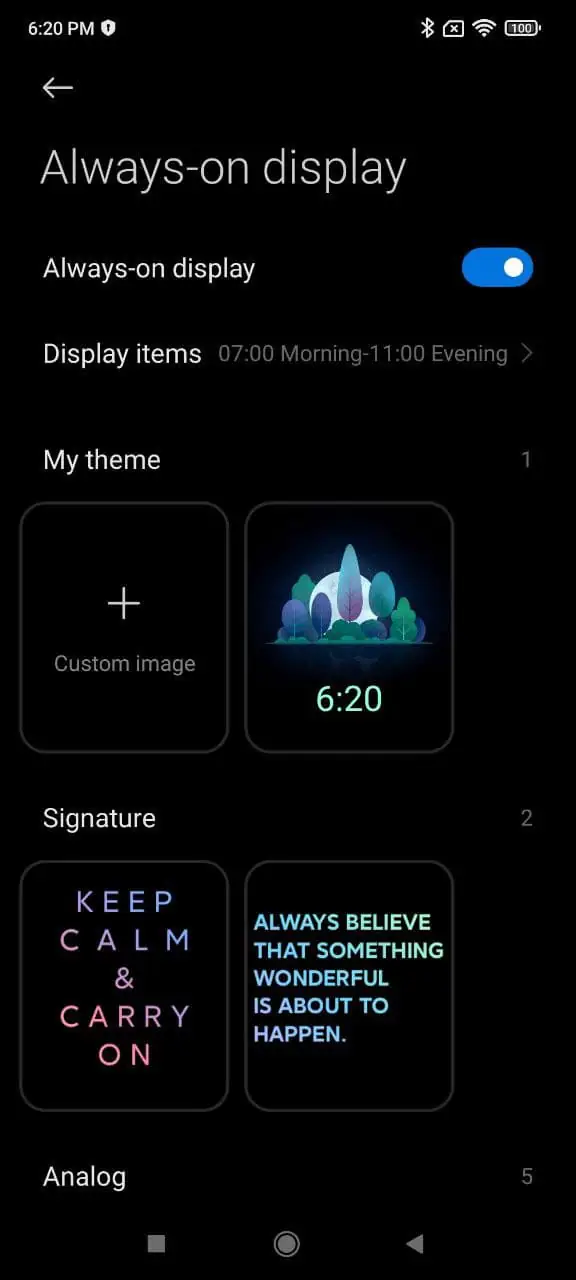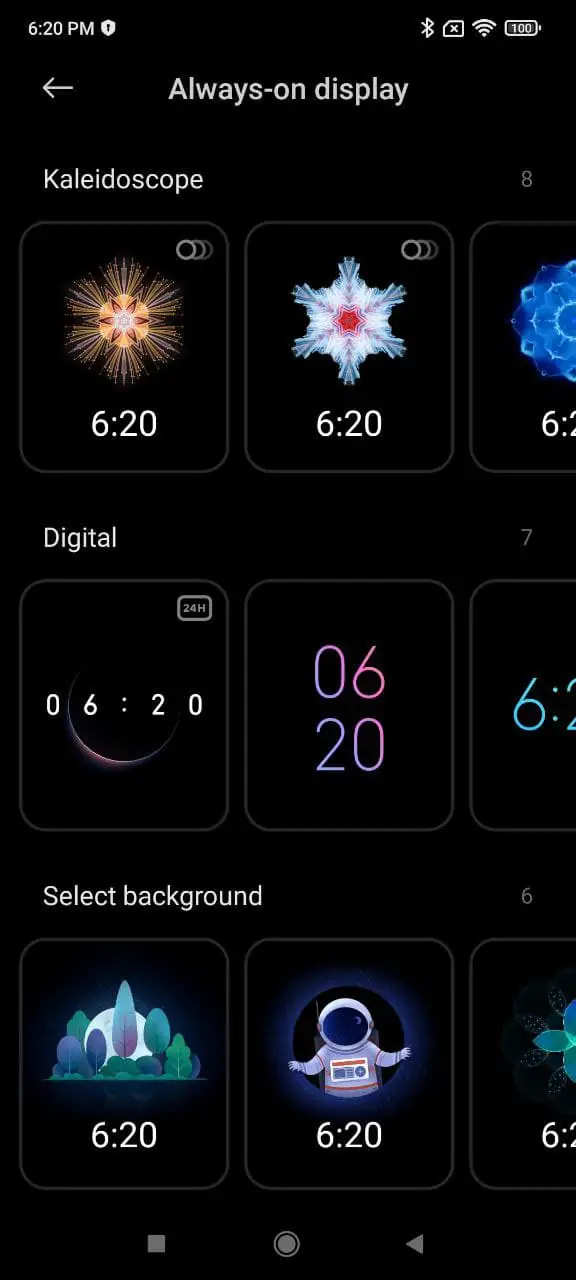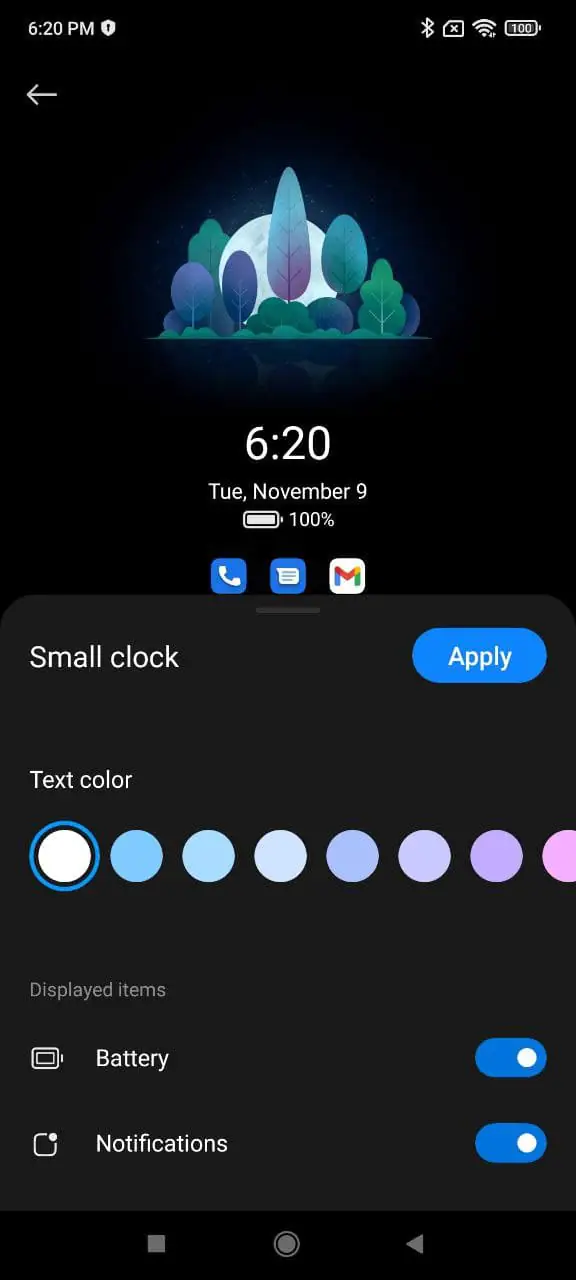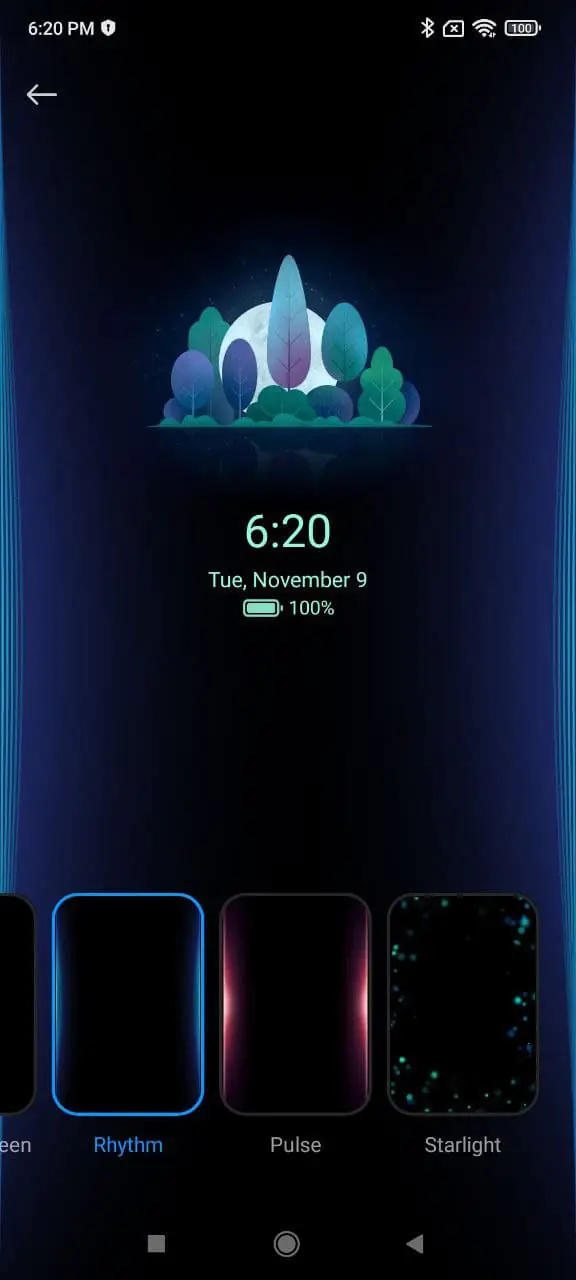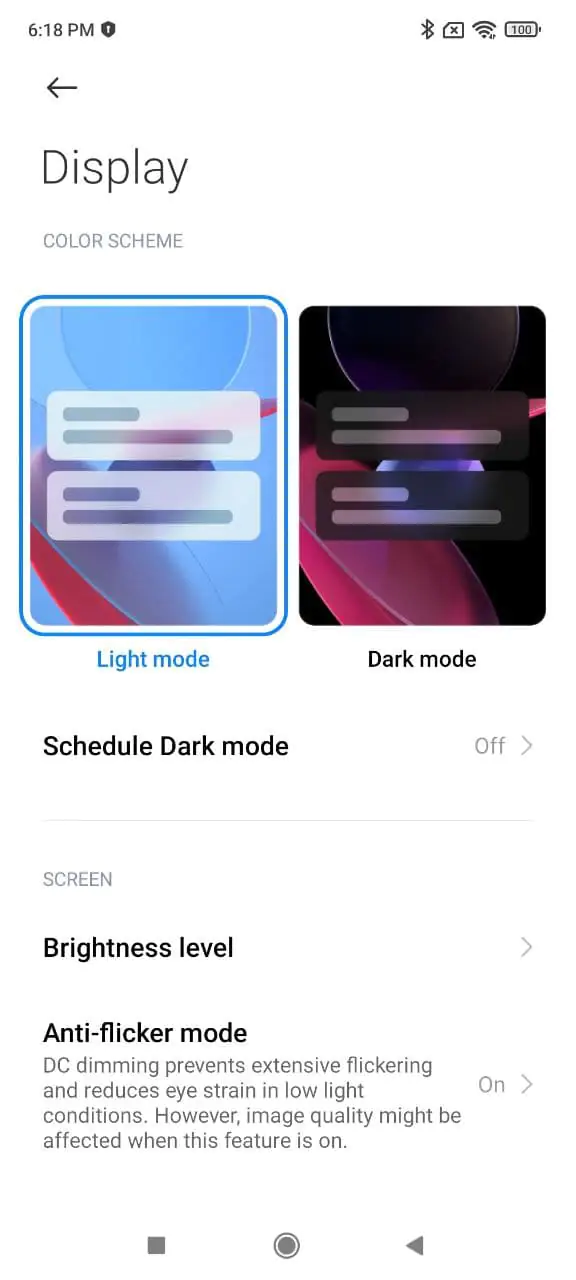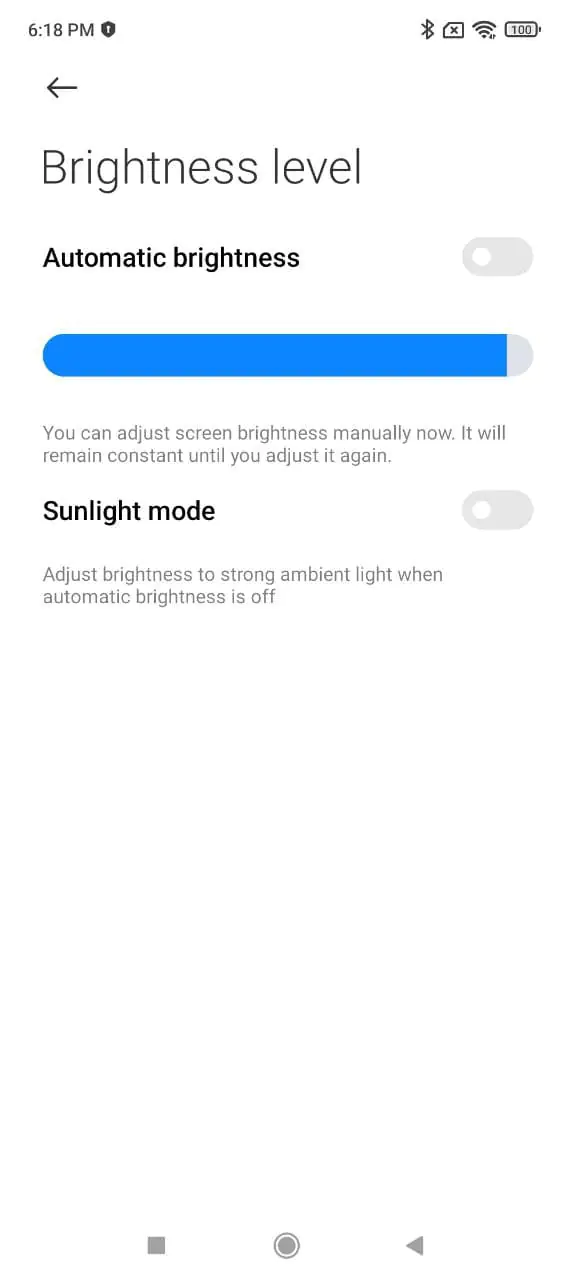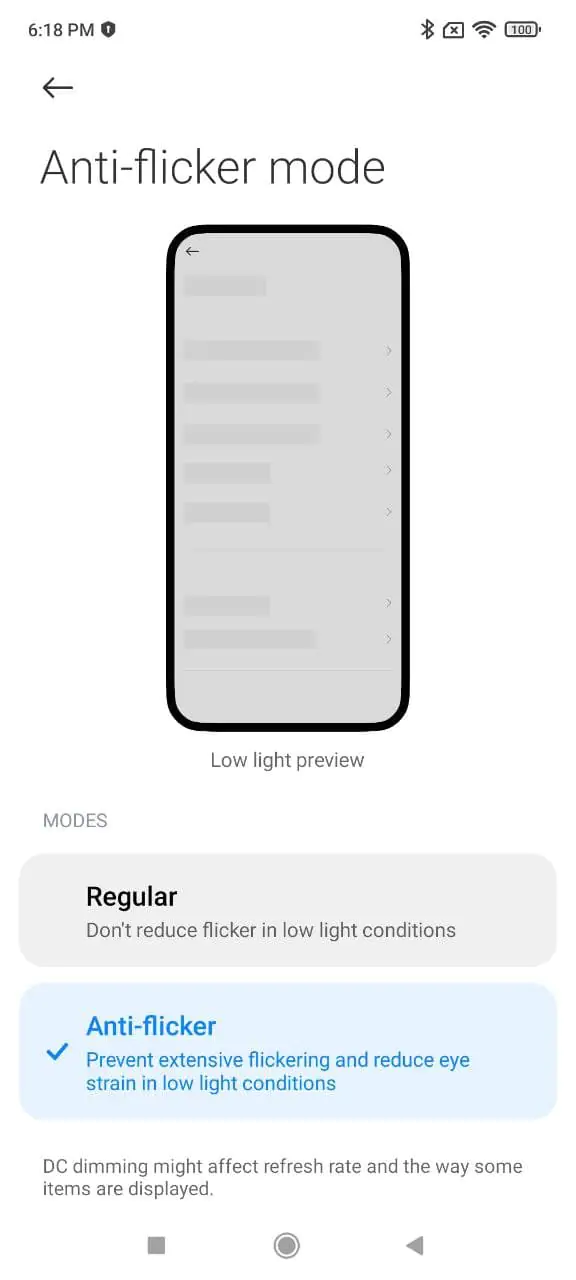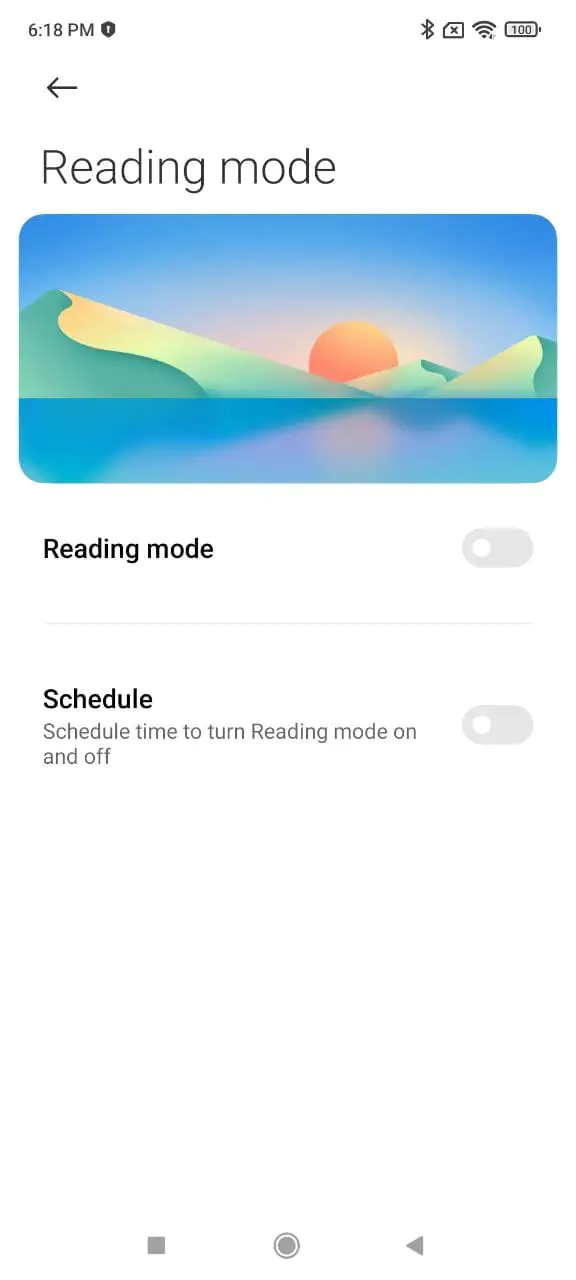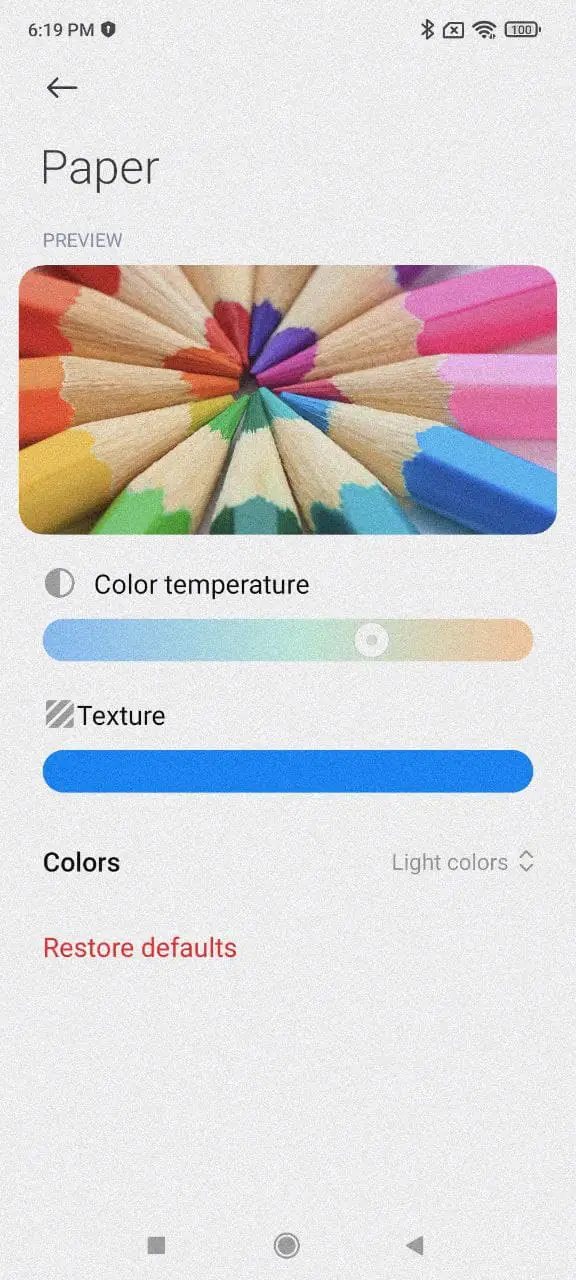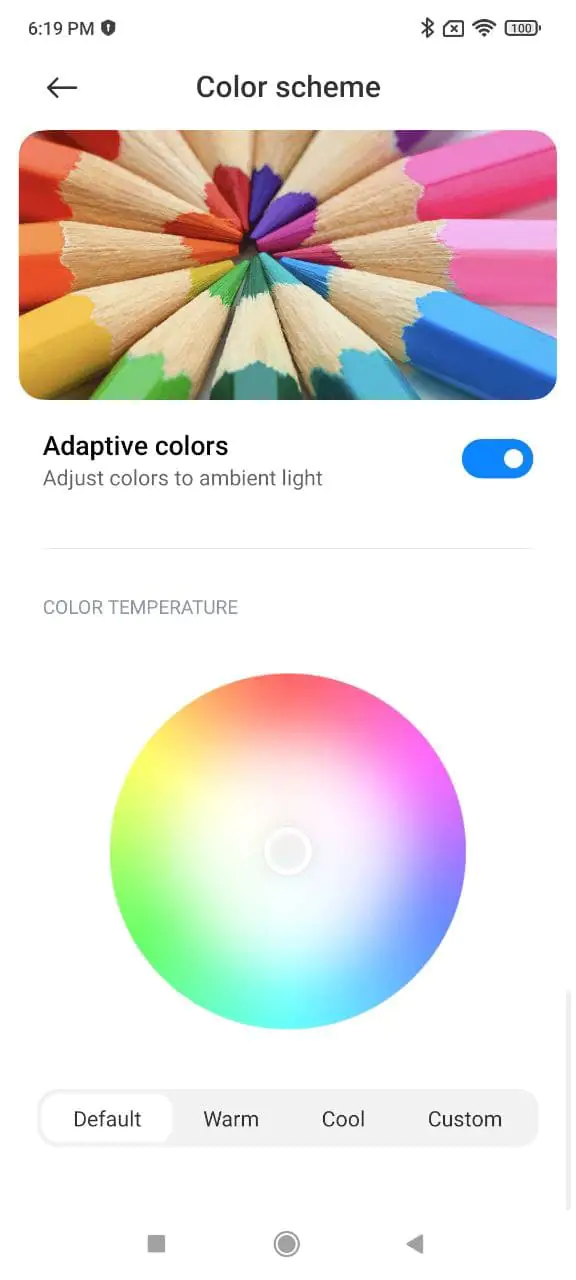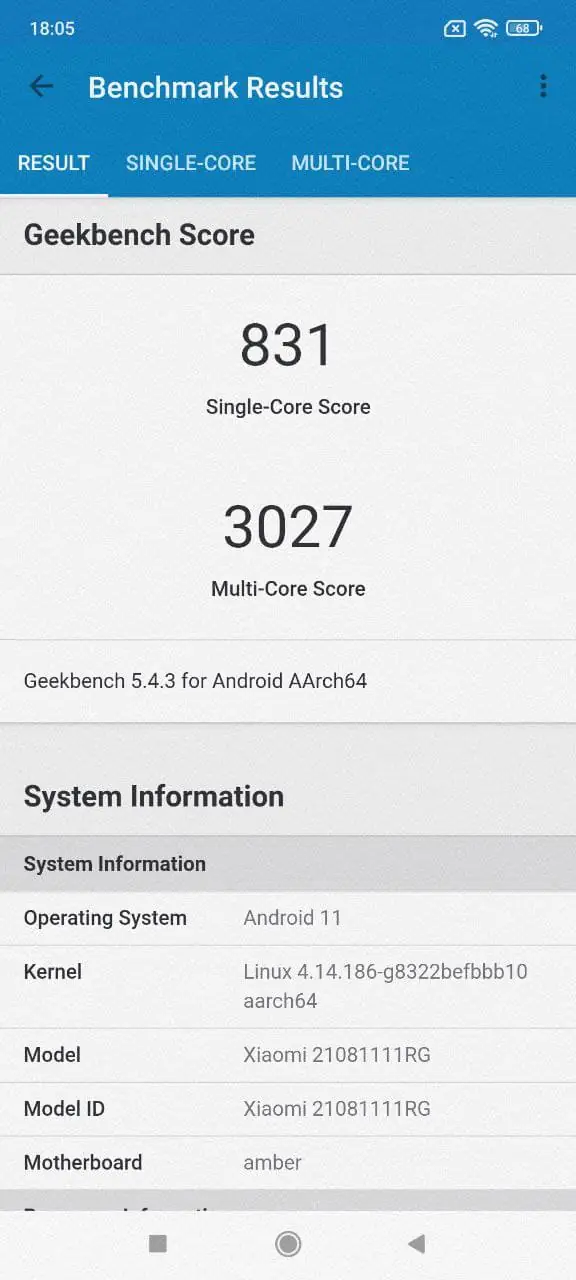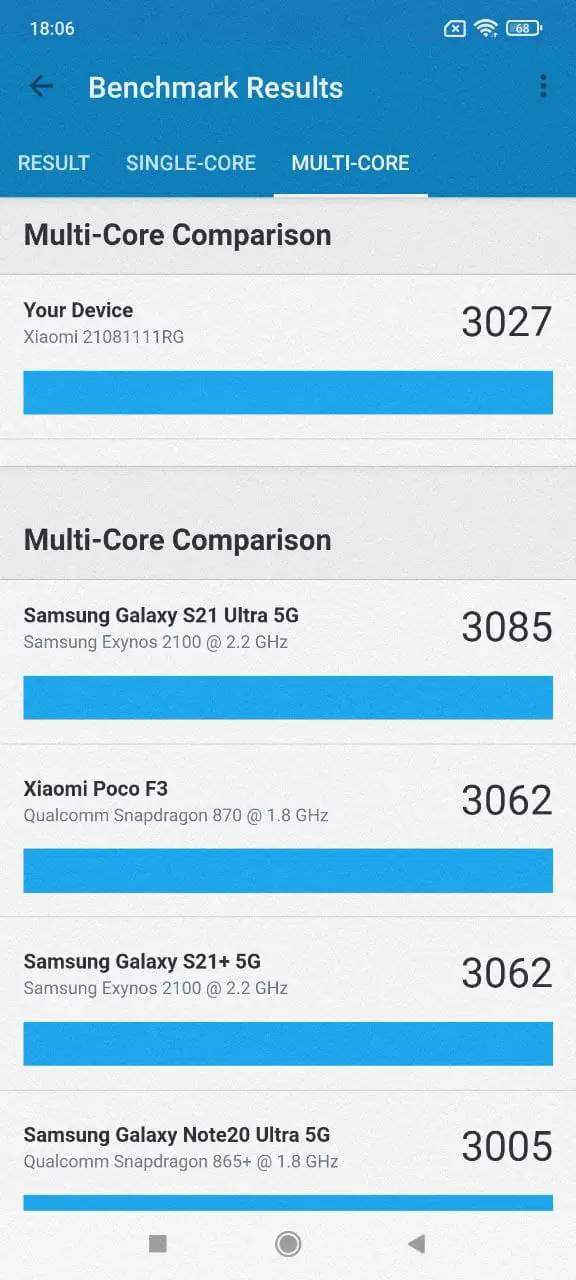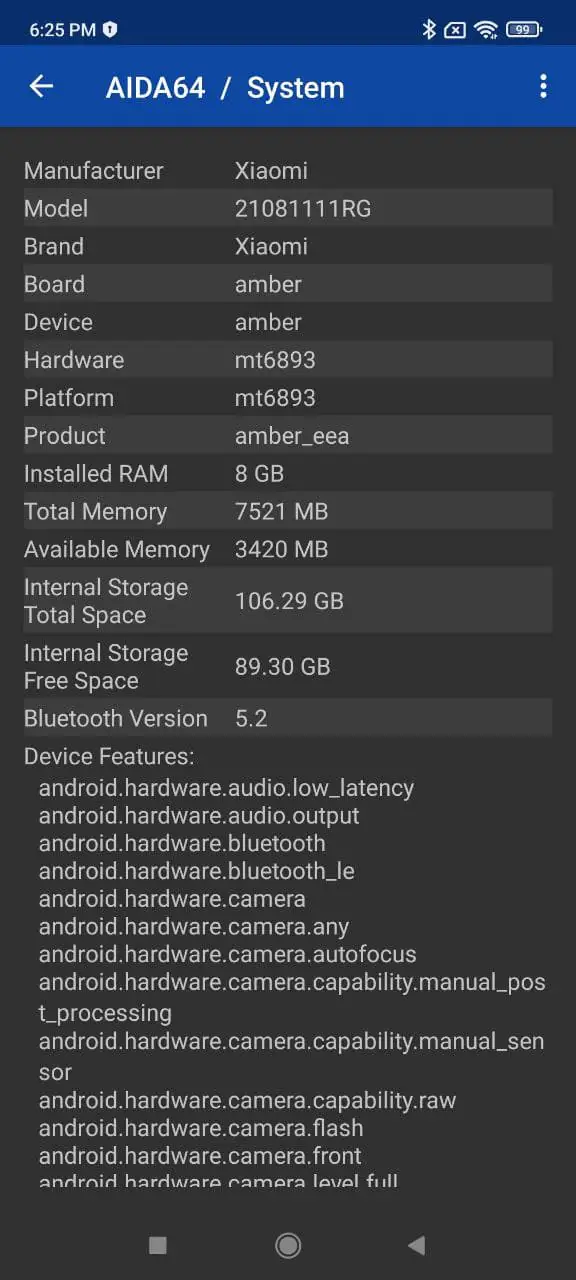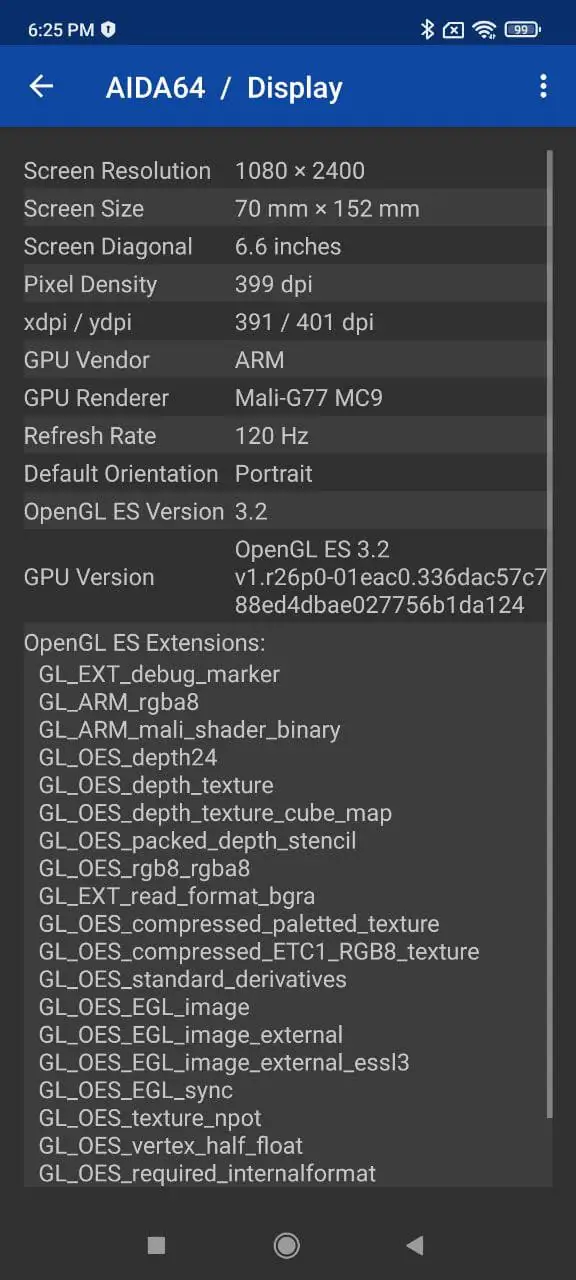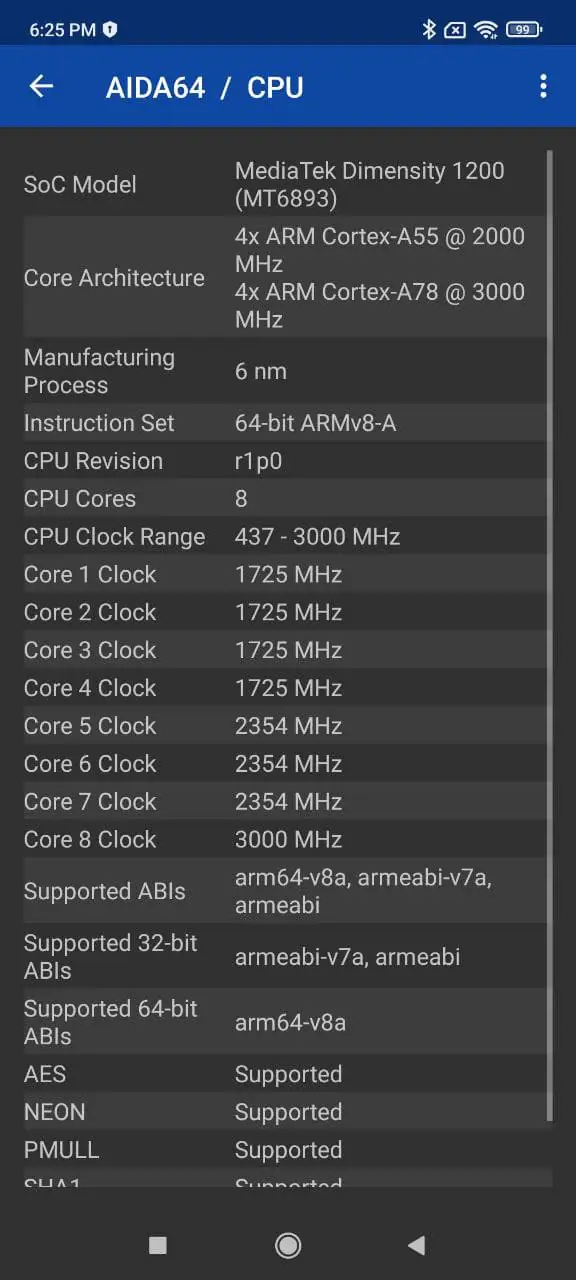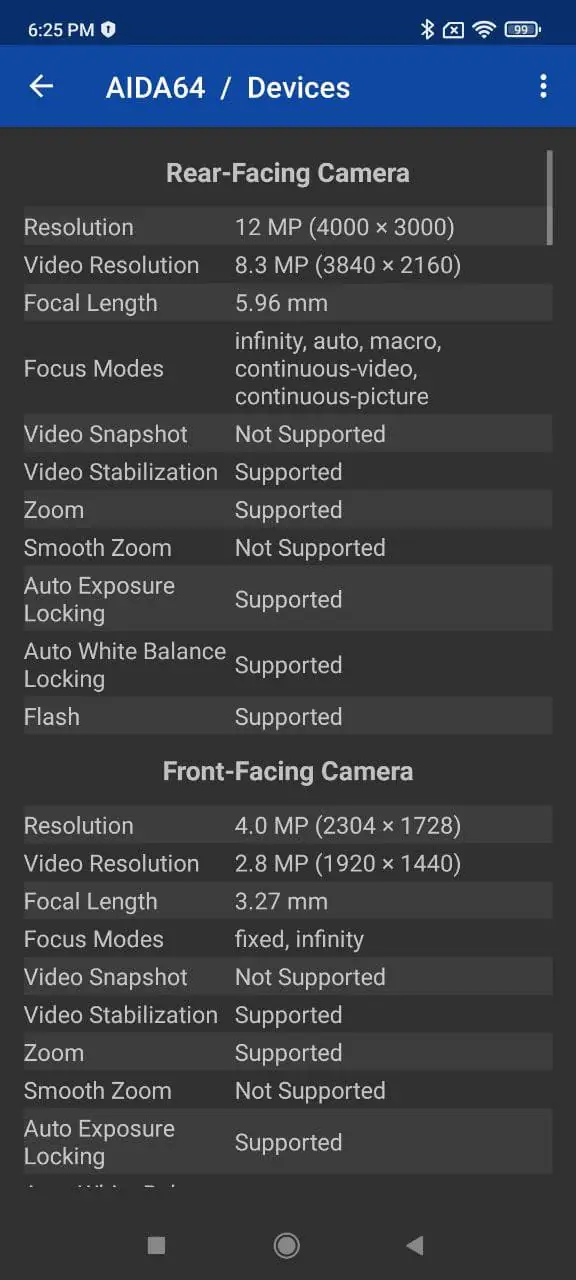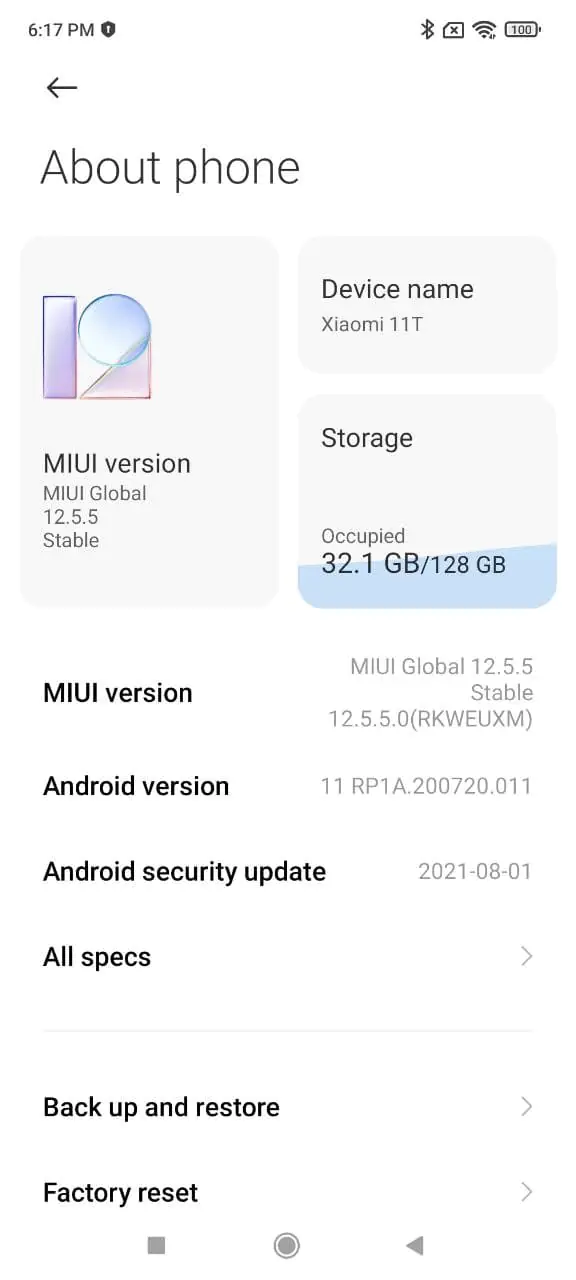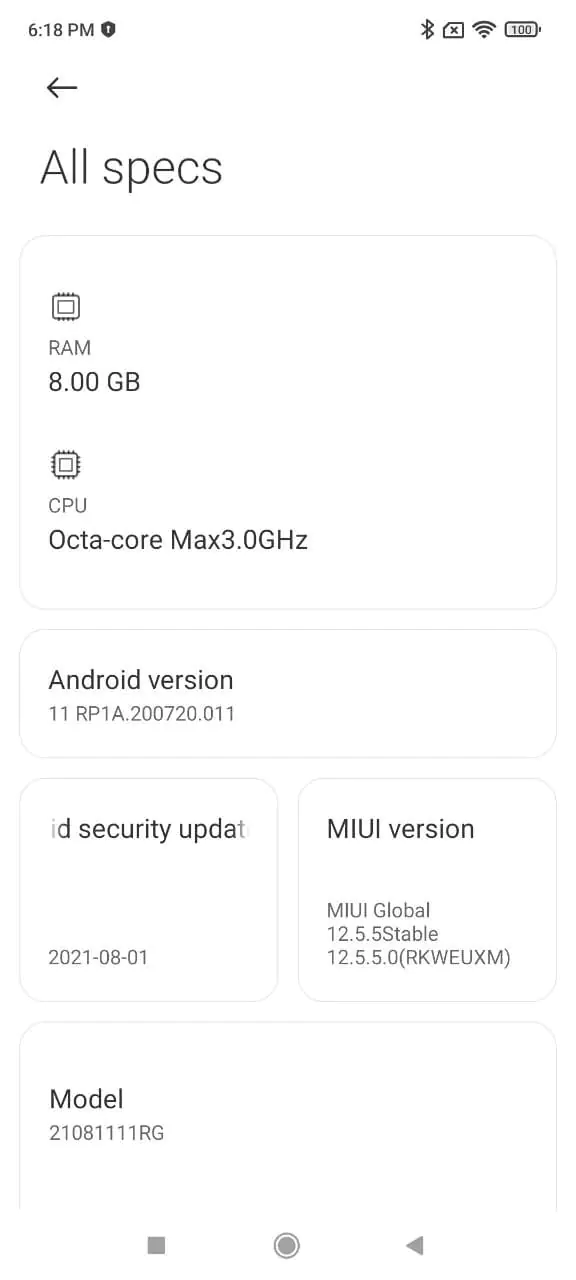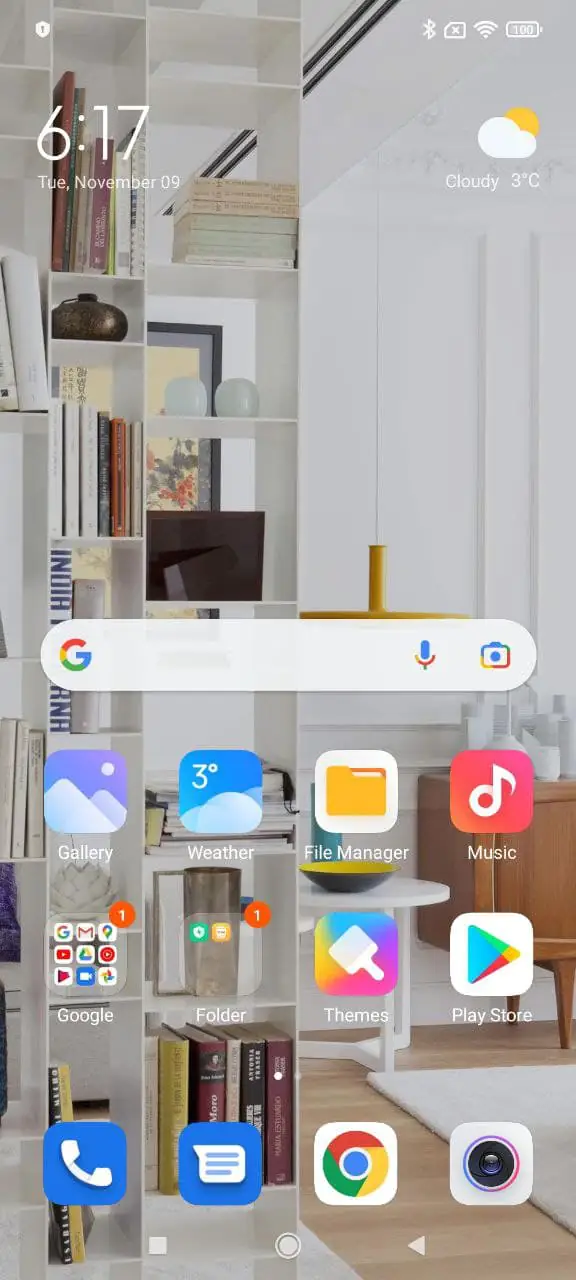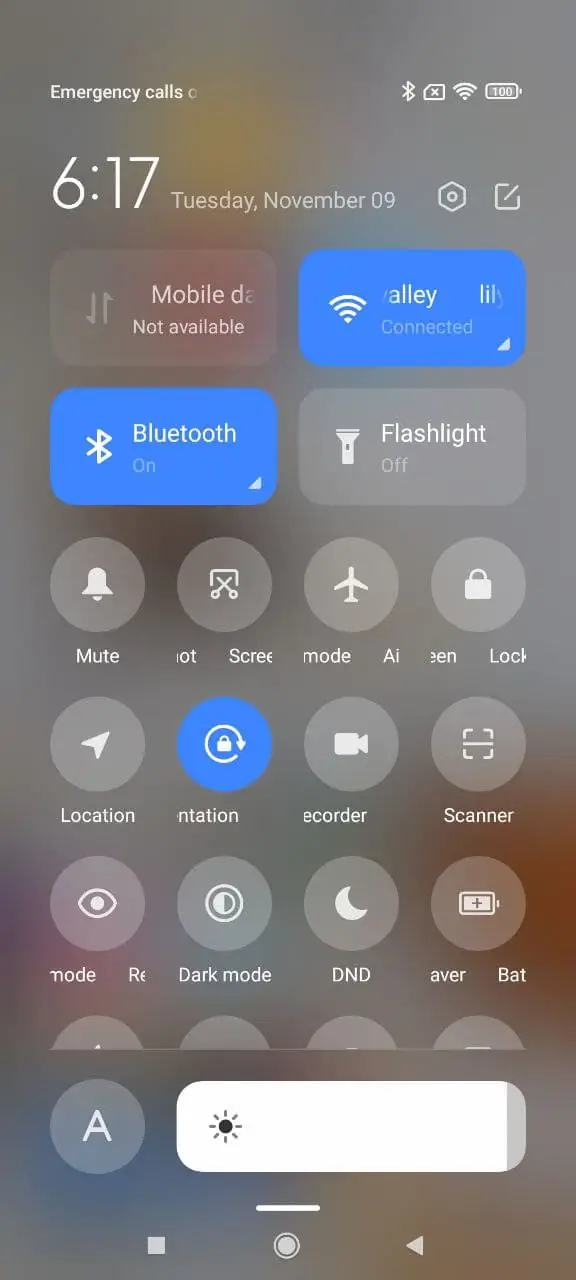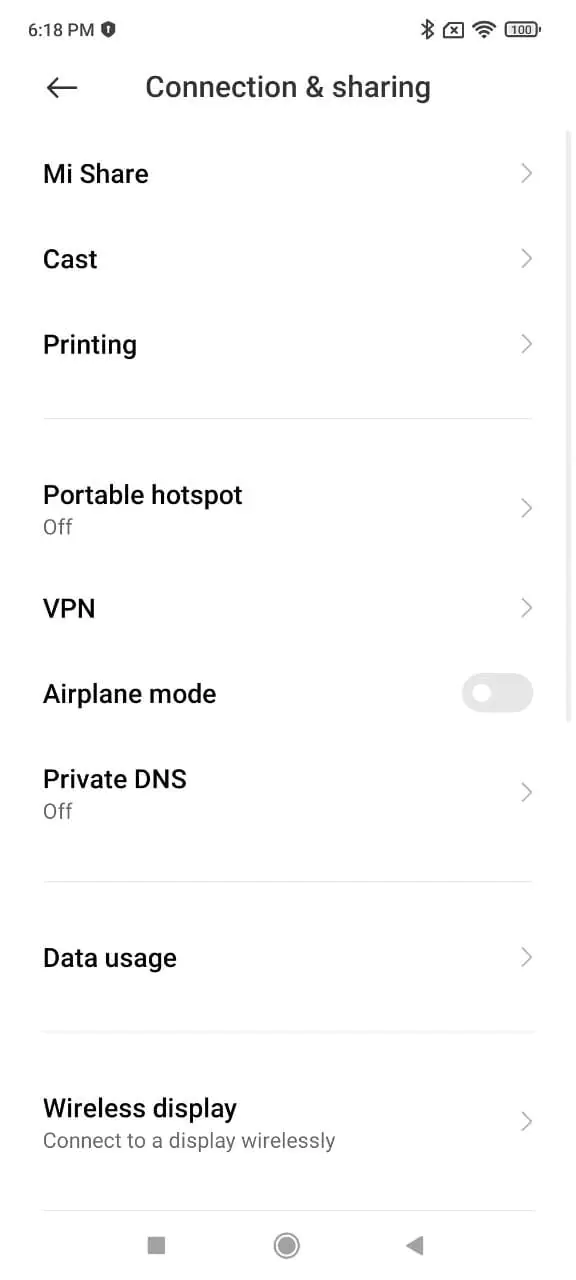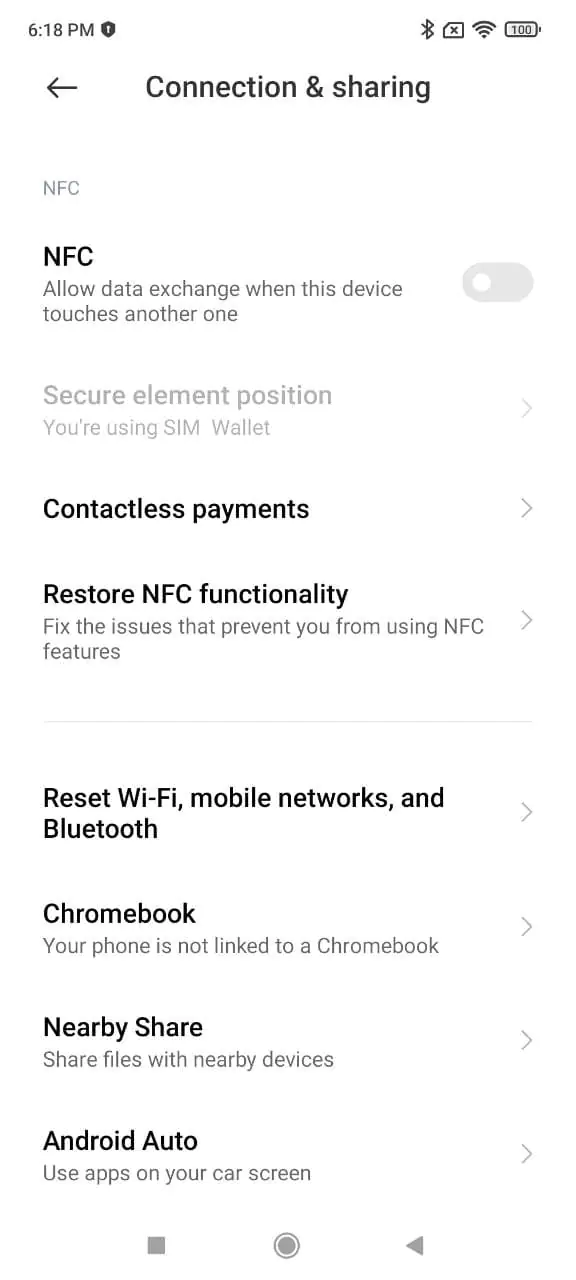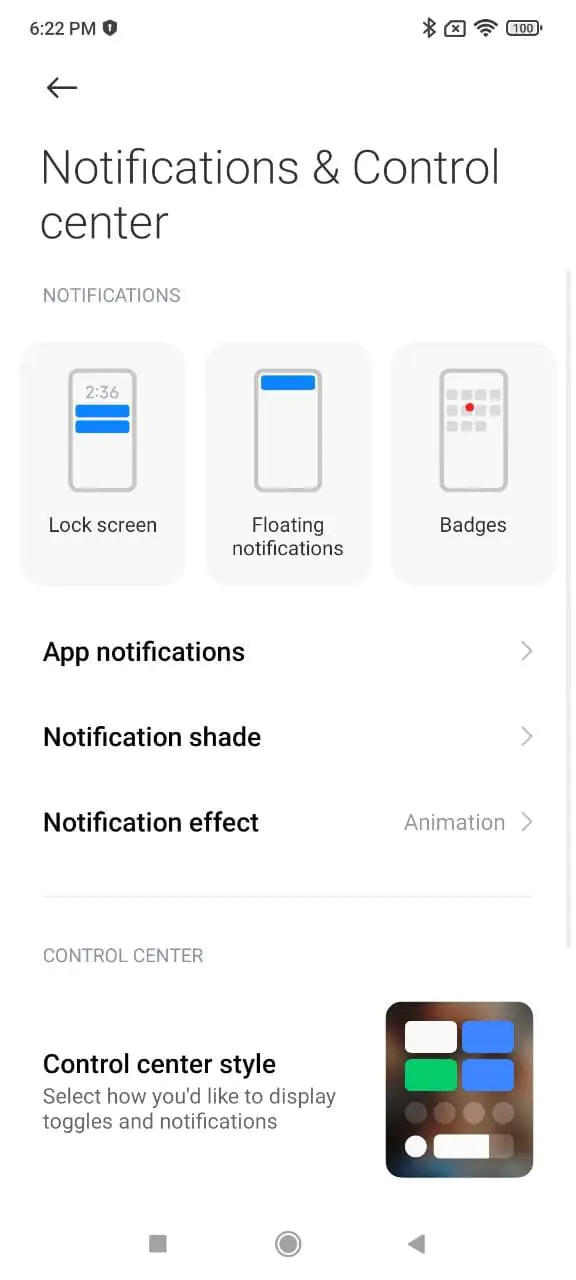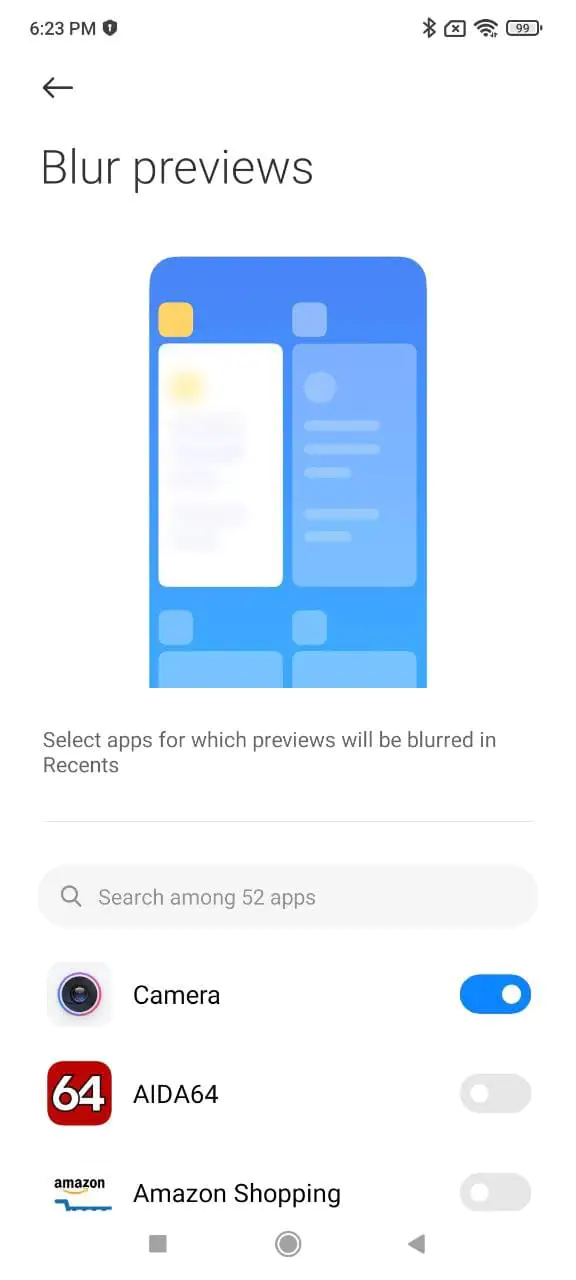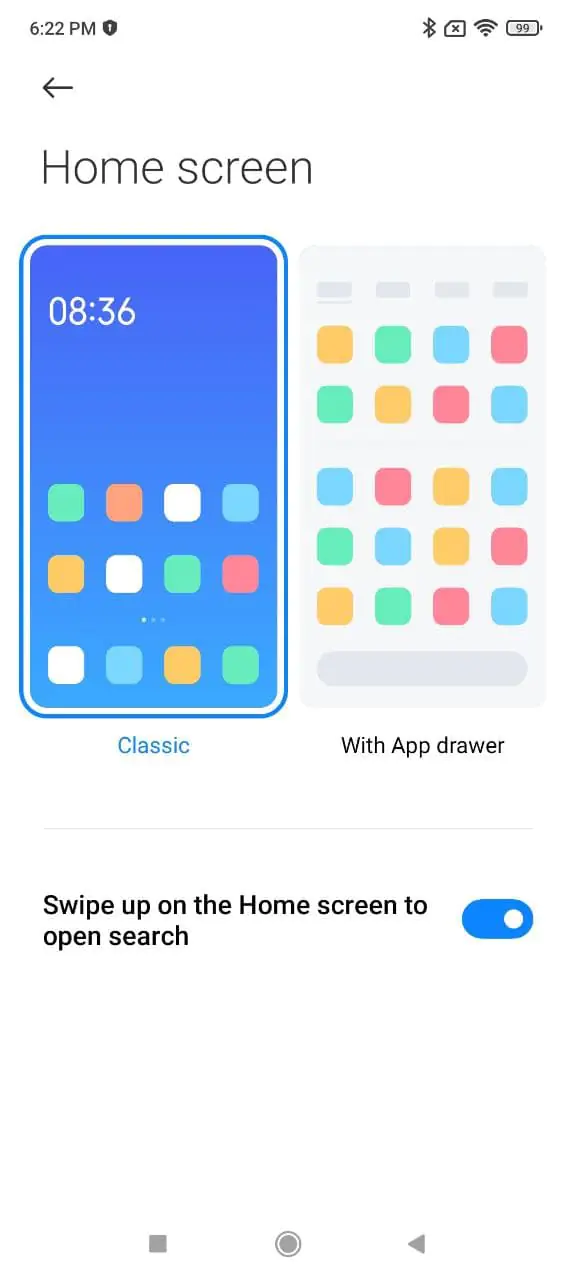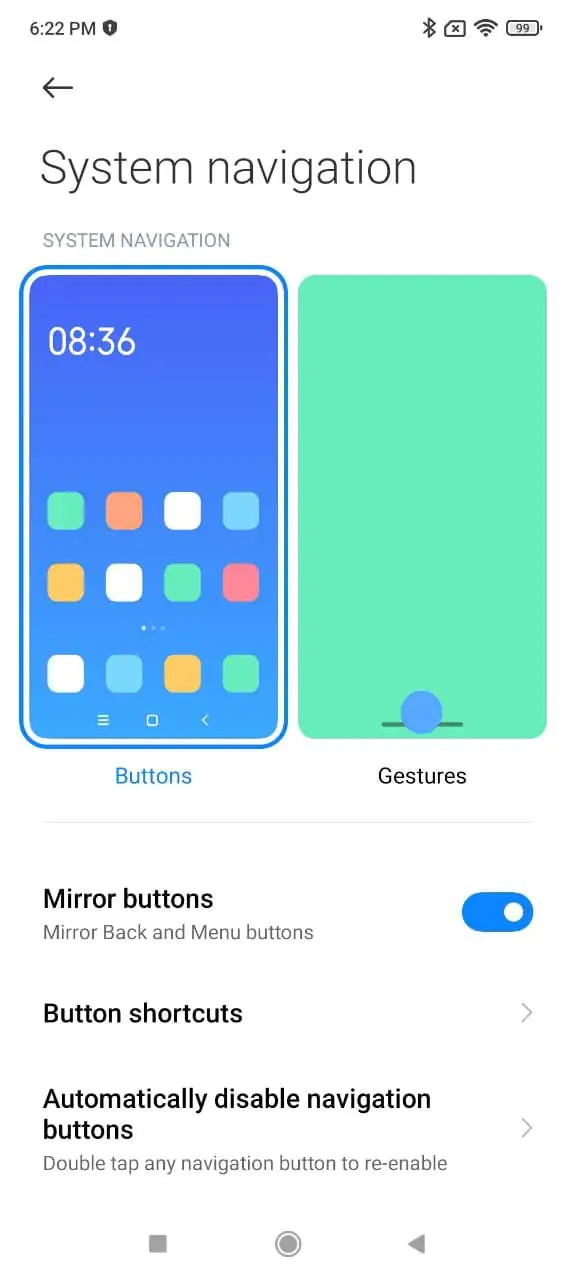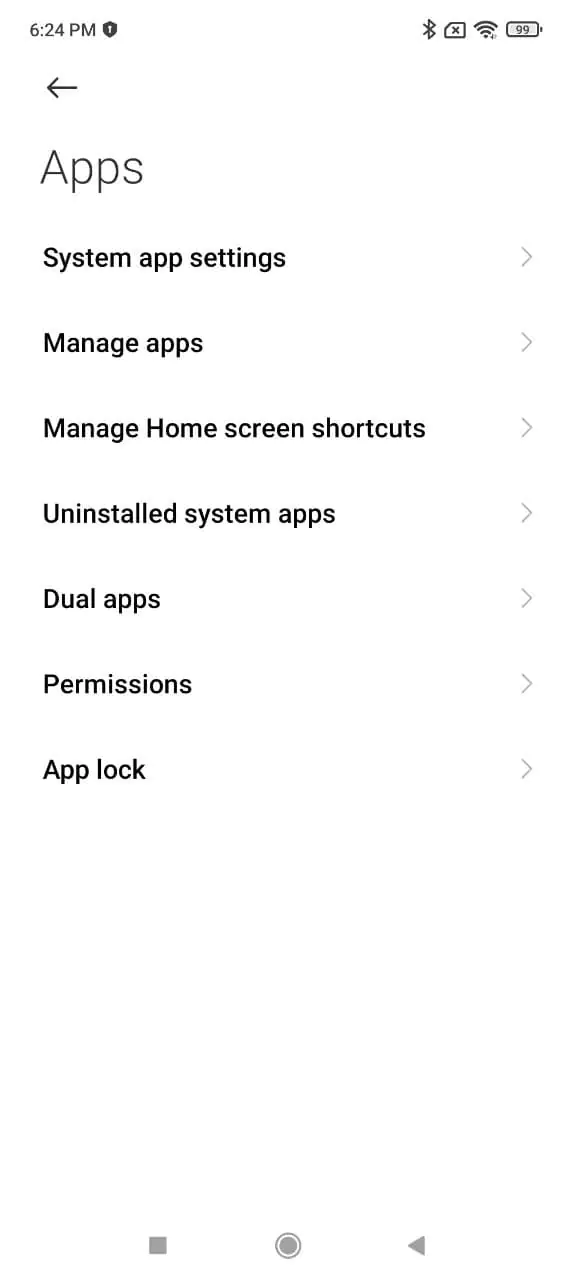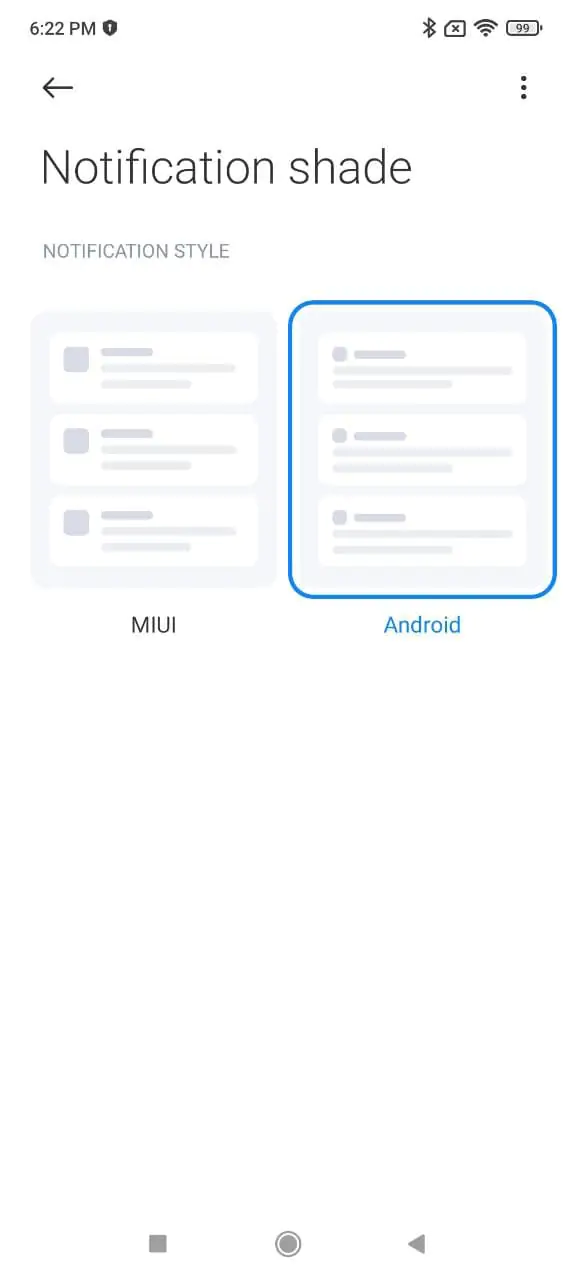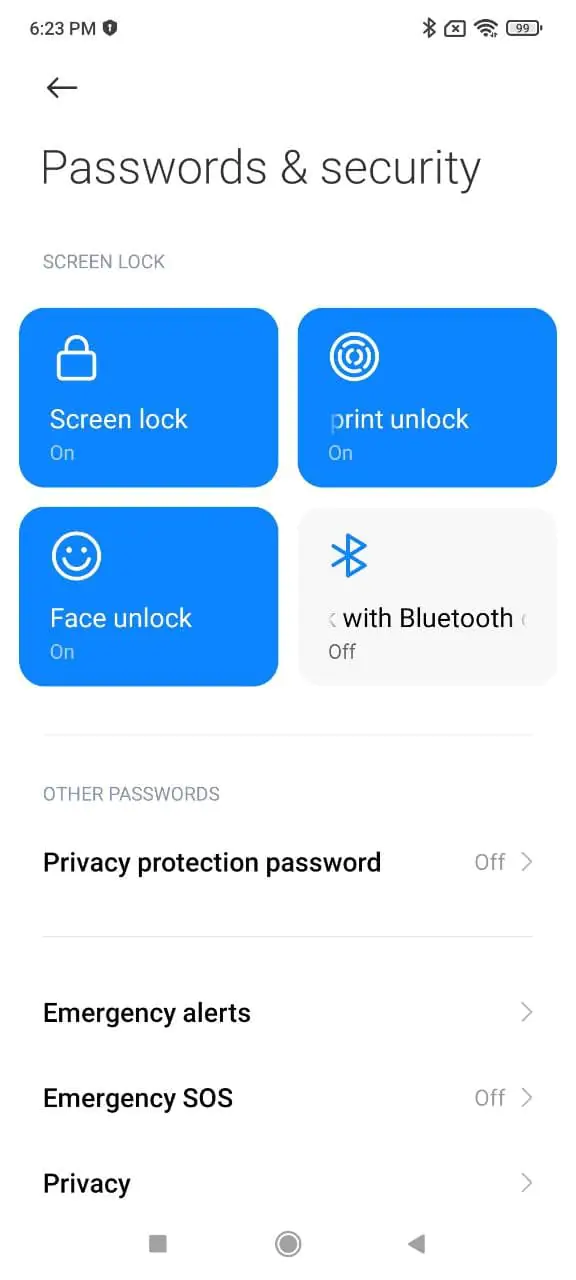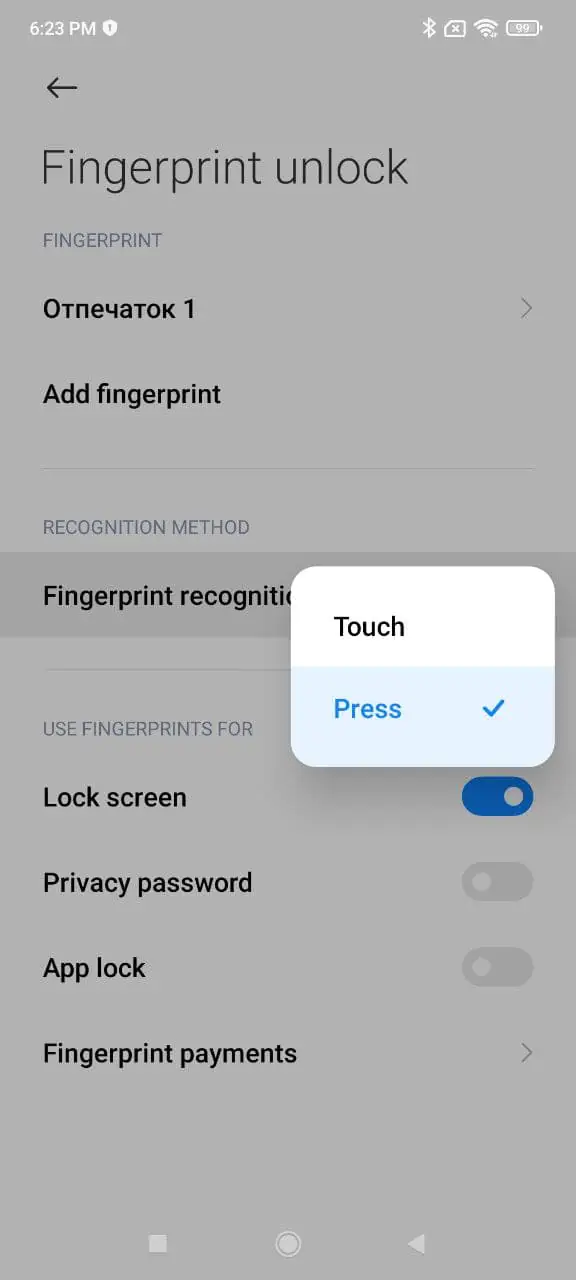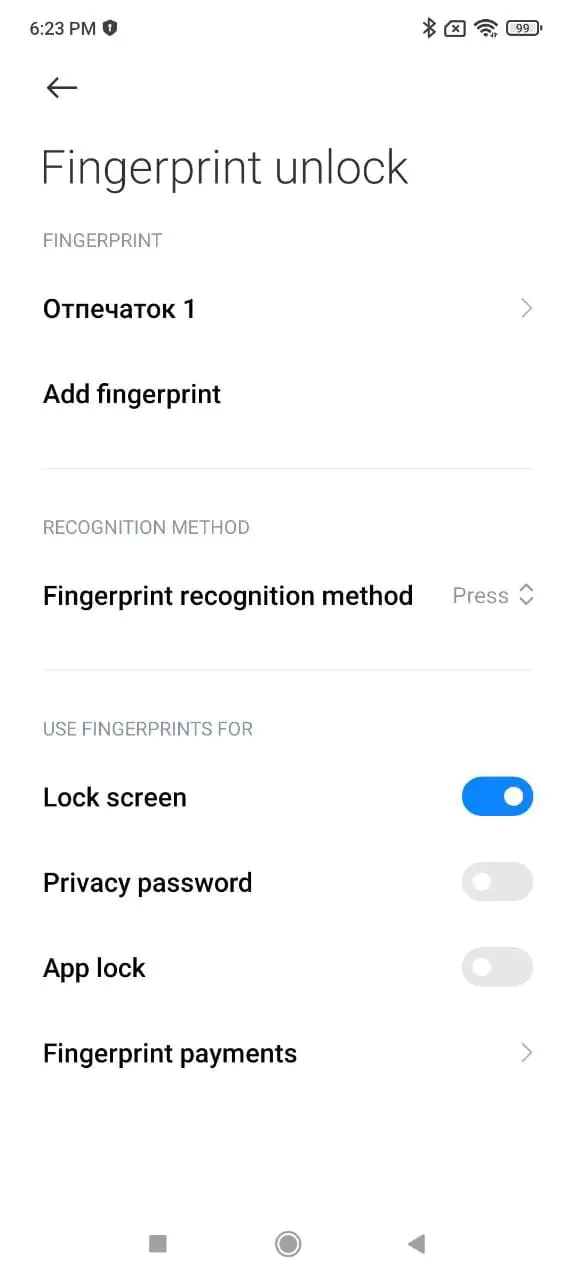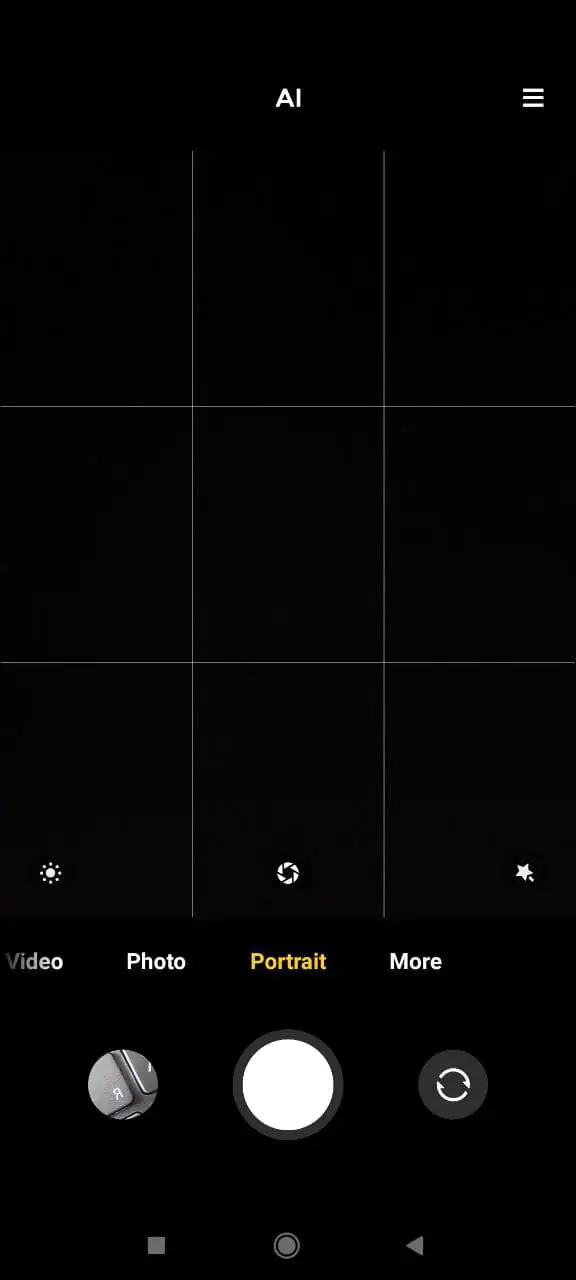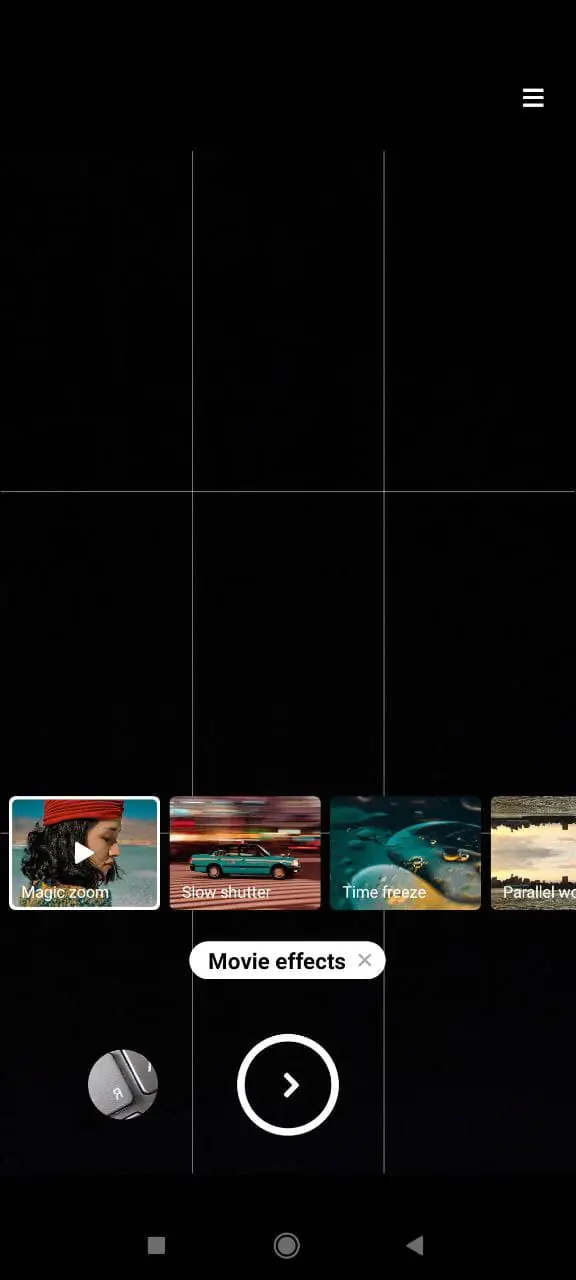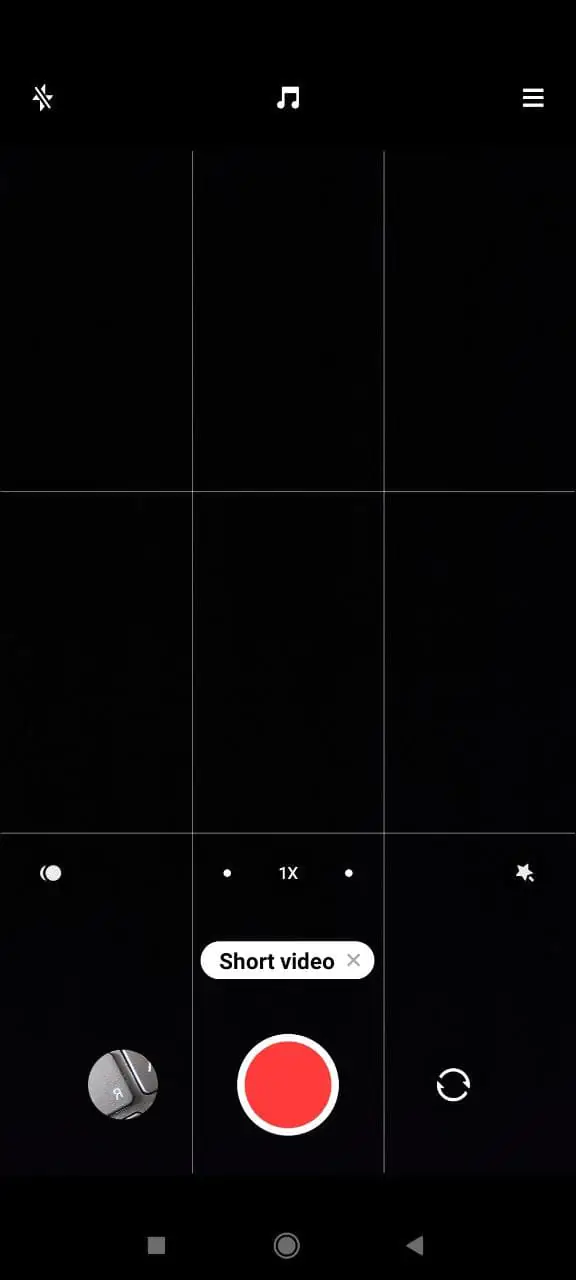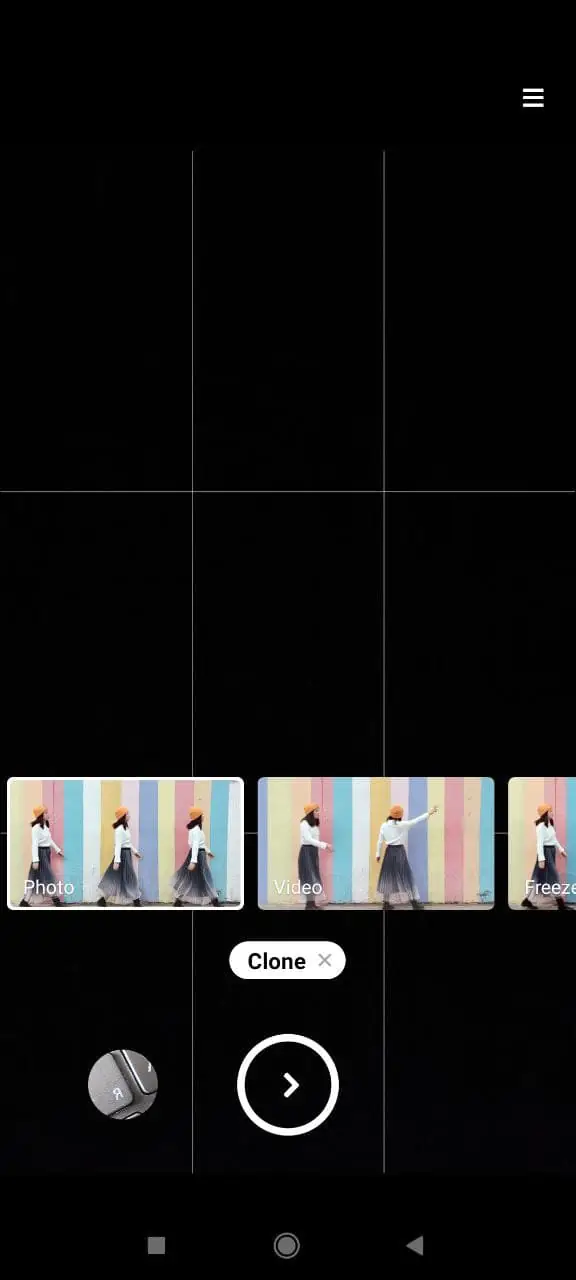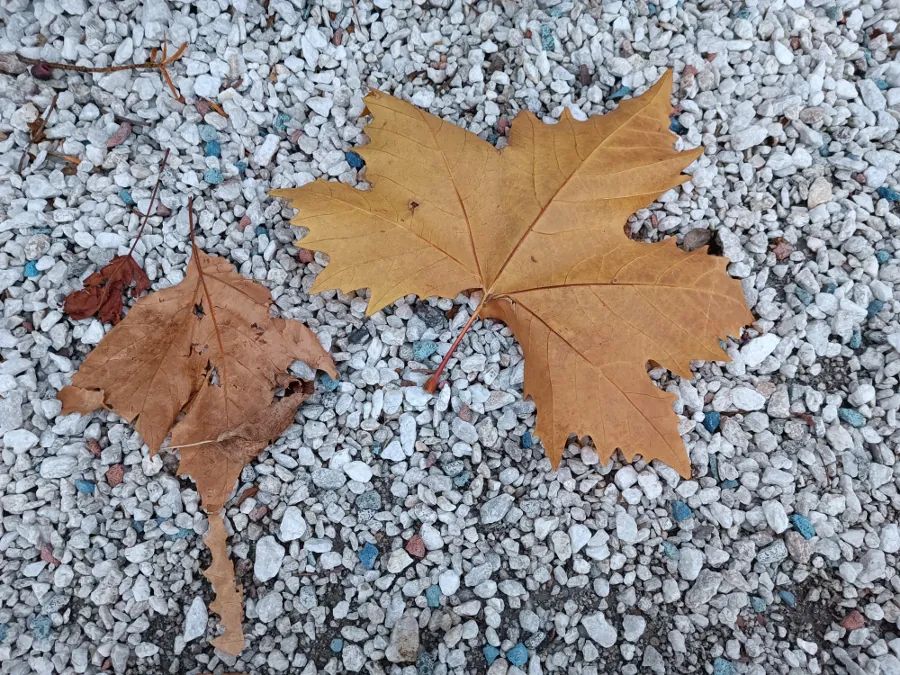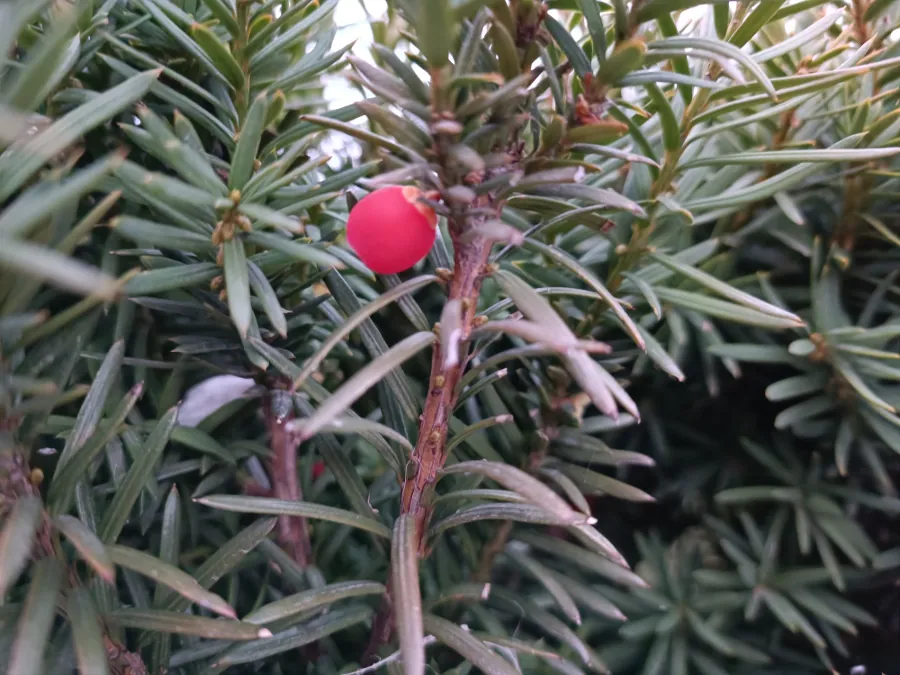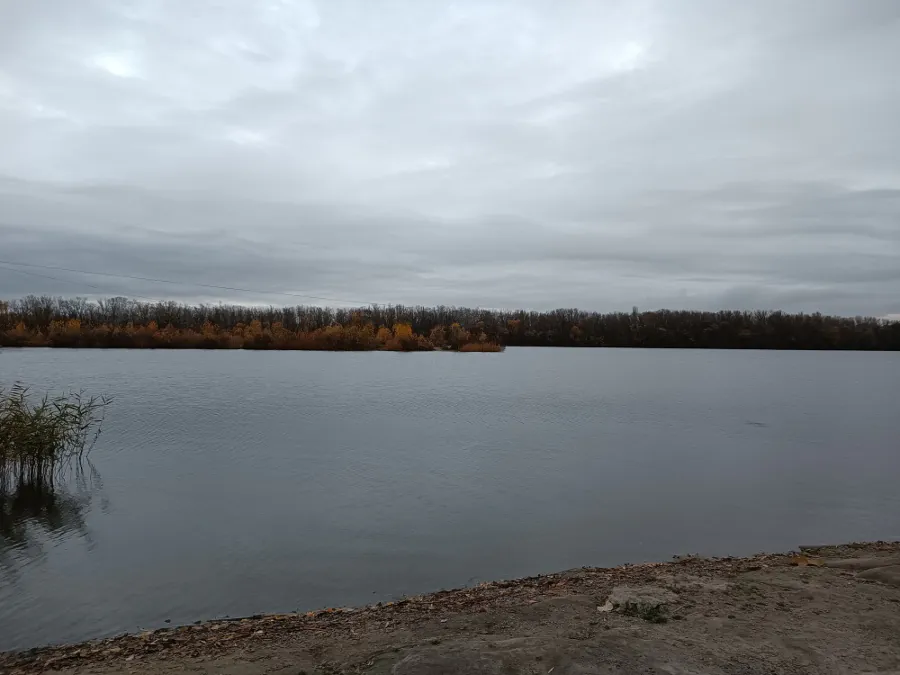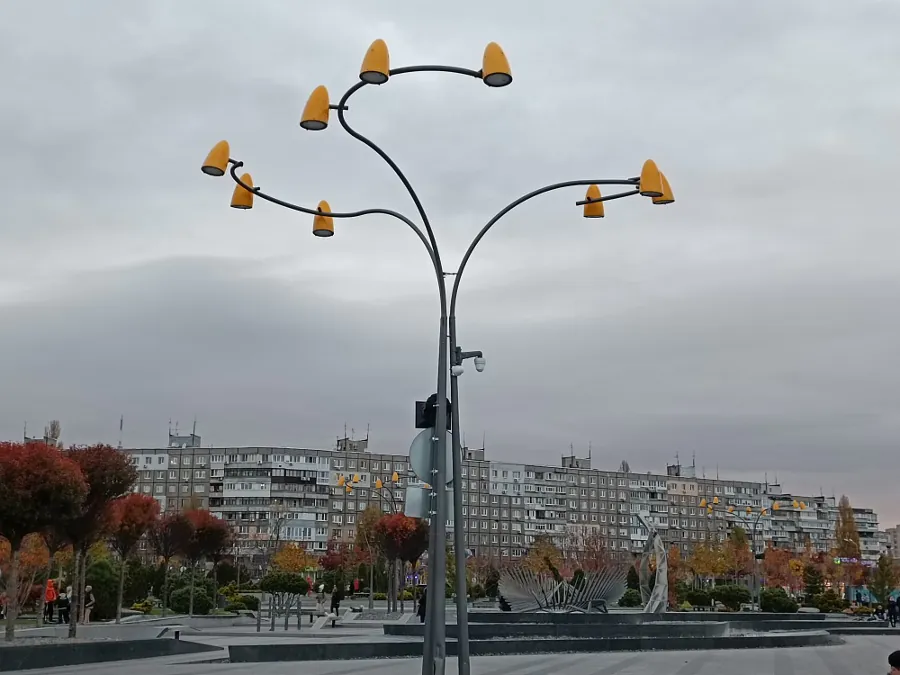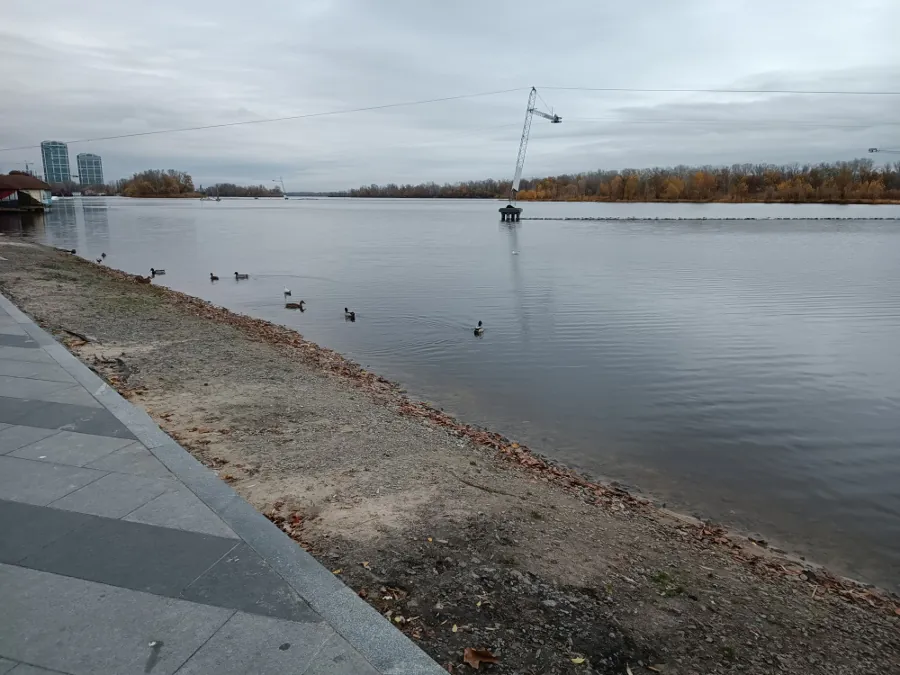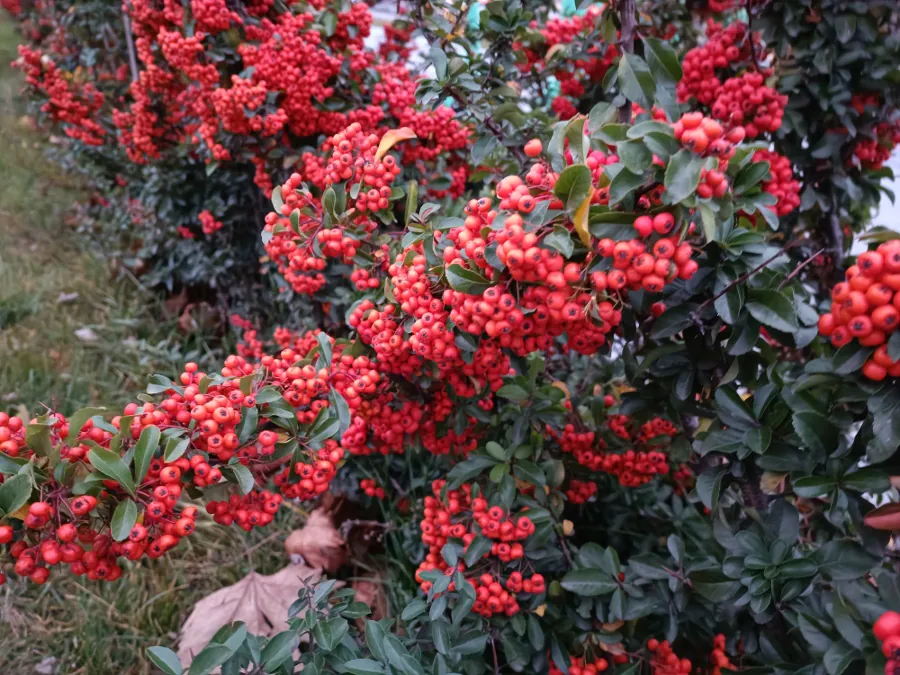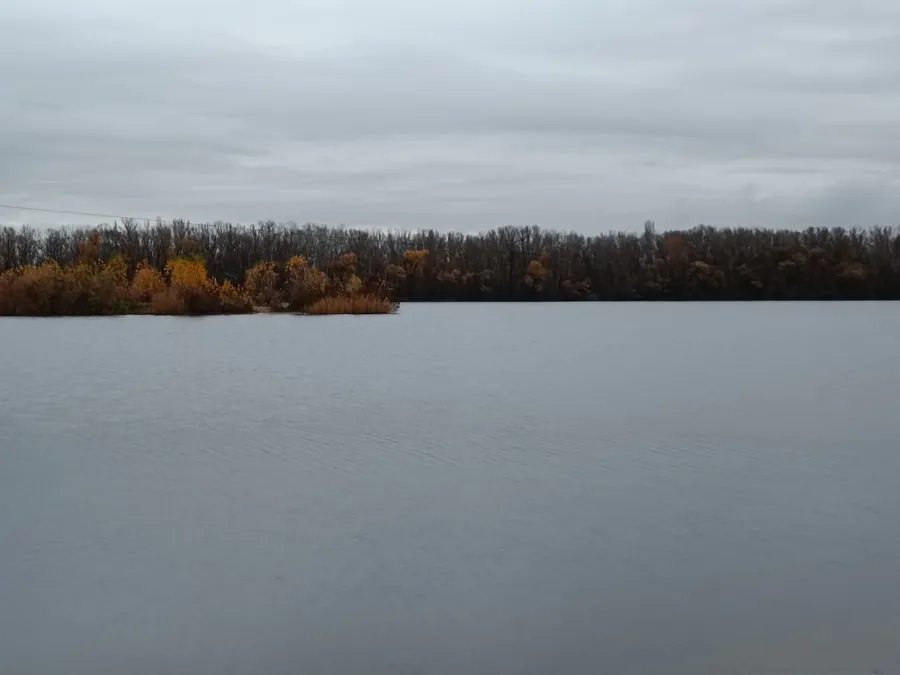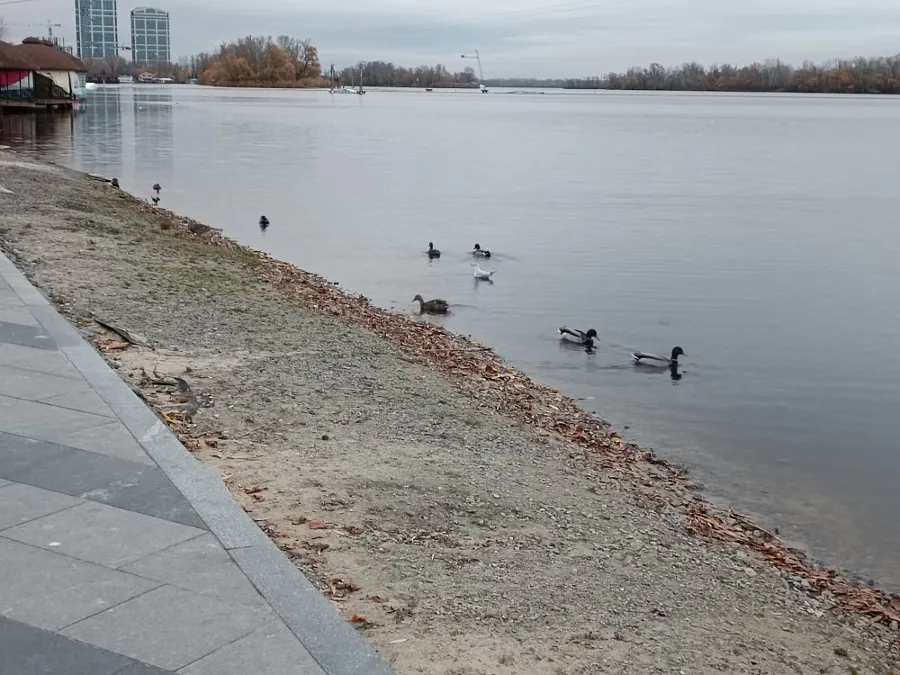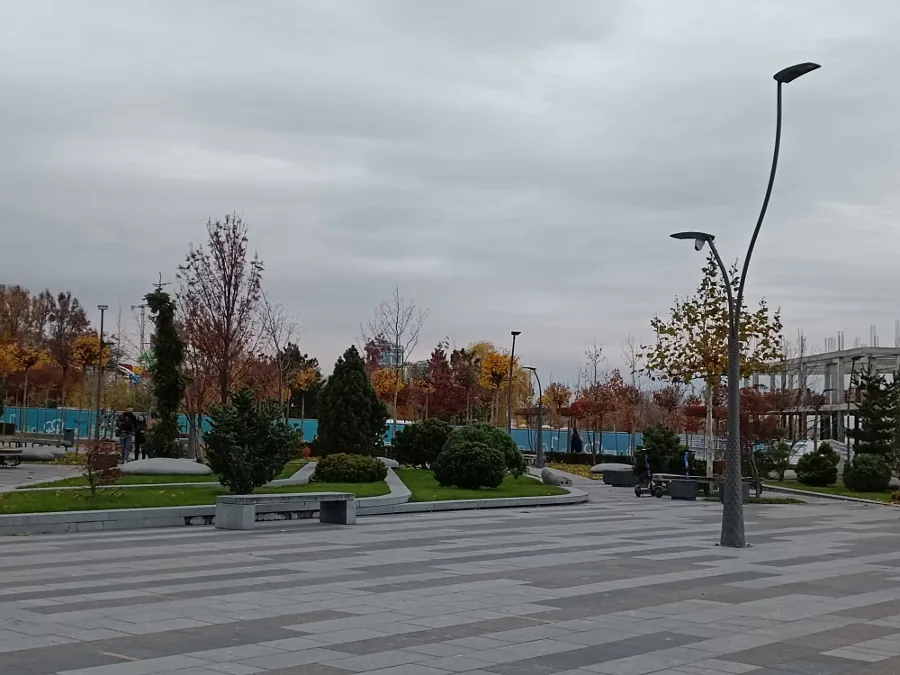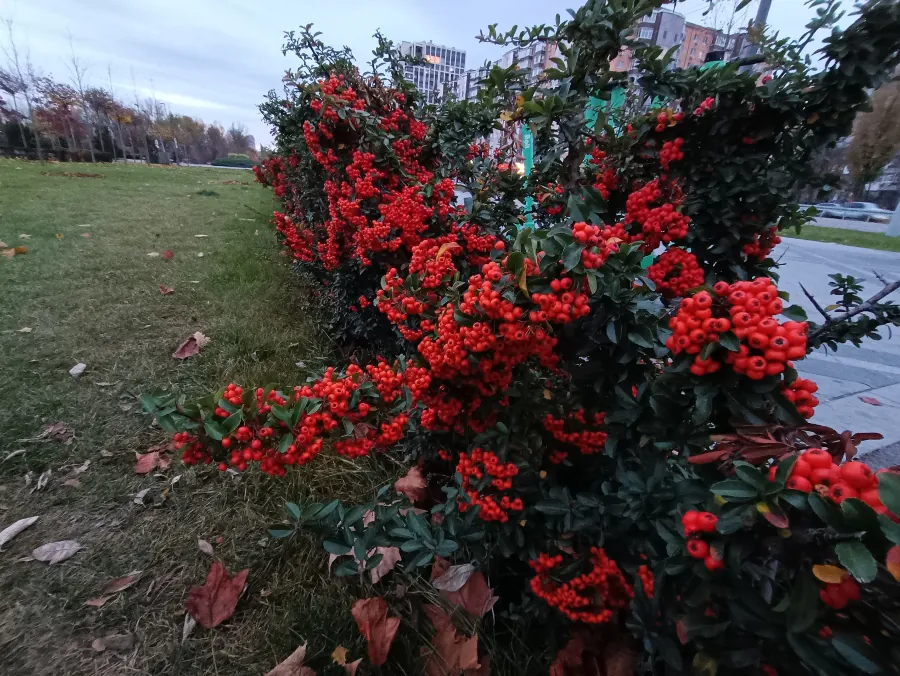© ROOT-NATION.com - Use of content is permitted with a backlink.
At the end of September, Xiaomi introduced an updated sub-series of flagship smartphones with the “T” prefix – the Xiaomi 11T and the Xiaomi 11T Pro. Dmitry Koval recently talked about the Pro version in his review, but in this article we will discuss the classic 11T.
Visually, the 11T and the Pro are identical, but the difference lies on the inside. What separates them is their engines, less powerful charging in the cheaper version and the ability to shoot 8K videos in the Pro. But these shortcomings also affected the cost of the base model. So, let’s figure out what the basic model is and why it is interesting.
Read also:
- Xiaomi 11T Pro review: Flagship smartphone with super fast charging
- Xiaomi Mi 11i review: the most affordable flagship on Snapdragon 888
Full specifications of the Xiaomi 11T
- Screen: AMOLED, 6.67 inches, 2400×1080 pixels, 395 ppi, refresh rate 120 Hz, sampling rate 480 Hz, HDR10+, aspect ratio 20:9, peak brightness 1000 nits, Corning Gorilla Glass Victus glass
- Processor: MediaTek Dimensity 1200, 8 cores, 1 × Cortex-A78 (3.0 GHz) + 3 × Cortex-A78 (2.6 GHz) + 4 × Cortex-A55 (2.0 GHz), 6 nm
- Graphics processor: Mali-G77 MC9
- RAM: 8 GB, LPDDR4X
- Storage: 128/256 GB, UFS 3.1
- Support for microSD memory cards: no
- Wireless networks: Wi-Fi 6, Bluetooth 5.2, NFC, GPS, QZSS, Beidou, GLONASS
- Main camera: leading module – 108 MP (f/1.75, 2.1 μm, 4K video at 30 fps, Super Pixel 9-in-1), wide-angle – 8 MP (f/2.2, 120°), telemacrocamera – 5 MP (f/2.4, autofocus 3-7 cm)
- Front-facing camera: 16 MP (f/2.45)
- Battery: 5000 mAh, support for fast charging 67 W
- OS: Android 11 with MIUI 12.5 shell
- Dimensions: 164.1×76.9×8.8 mm
- Mass: 203 g
Positioning and price
The Xiaomi 11T series is a somewhat simplified flagship line. Something between an advanced mid-ranger and a true flagship. This positioning allows Xiaomi to maintain a balance between cost (prices for full-fledged flagships from Xiaomi have been increased since last year) and a set of relevant functions. By the way, there were three smartphones in last year’s line of smartphones (10T, 10T Pro and 10T Lite), but this year the Lite version is nowhere to be seen. There’s also no 11T modification with 6 GB of RAM.
As a result, we have two models: 8/128 GB and 8/256 GB. At the time of writing the review, the current price for the cheaper version is about $480; without a discount it’s about $540, and a model with 256 GB on board will cost $ 540; without a discount it’s about $590 ). For comparison: the Xiaomi 11T Pro 8/128 GB costs over $700, and the 8/256 GB version costs $ 740. So yes, the difference in price is quite noticeable. The 11T Pro also has the most major version with 12/256 GB, which costs $800.
Read also:
- Xiaomi Mi 11 Lite review: an imposter?
- Xiaomi Mi 11 Ultra review: Powerful Flagship to Shut Up the Skeptics
What’s in the box

The Xiaomi 11T comes in a matte white cardboard box with bronze text. Inside it you can find the device itself, a USB Type-A to Type-C charging cable, a power adapter 67 W, by the way), a SIM eject tool, and a transparent silicone case. There is no accompanying documentation in the pre-sale version, but it will certainly be in the commercial one.
The cover, which is quite expected, is unpretentious and, as practice shows, not very durable, but at first after purchasing a smartphone it will be very useful. However, the manufacturer took care of the safety of not only the case, but also the screen – out of the box, the Xiaomi 11T comes with a factory protective film. It’s not much, but still, it’s always nice getting such goodies right out of the box.
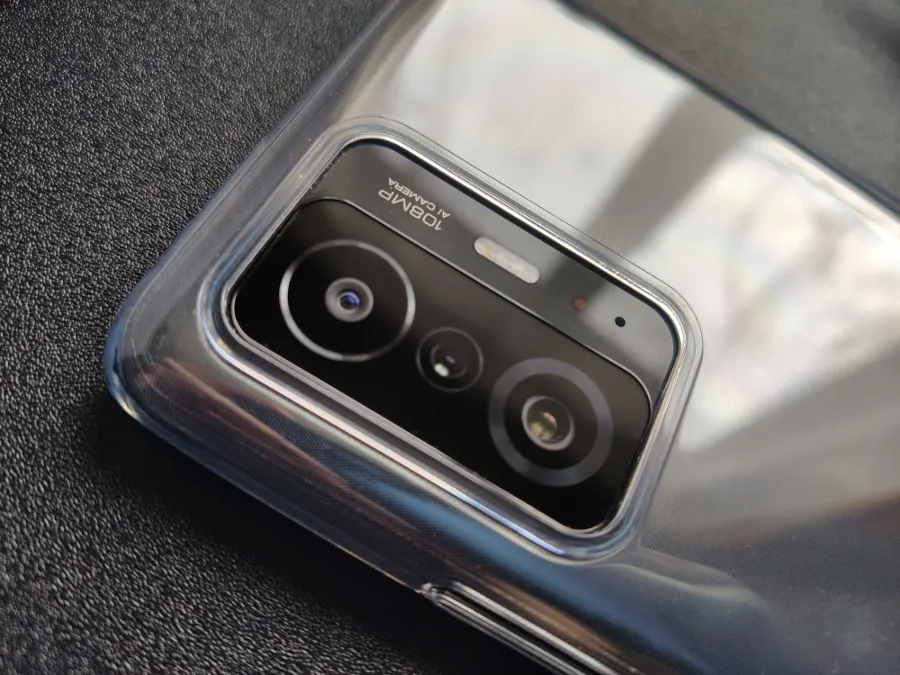
Design
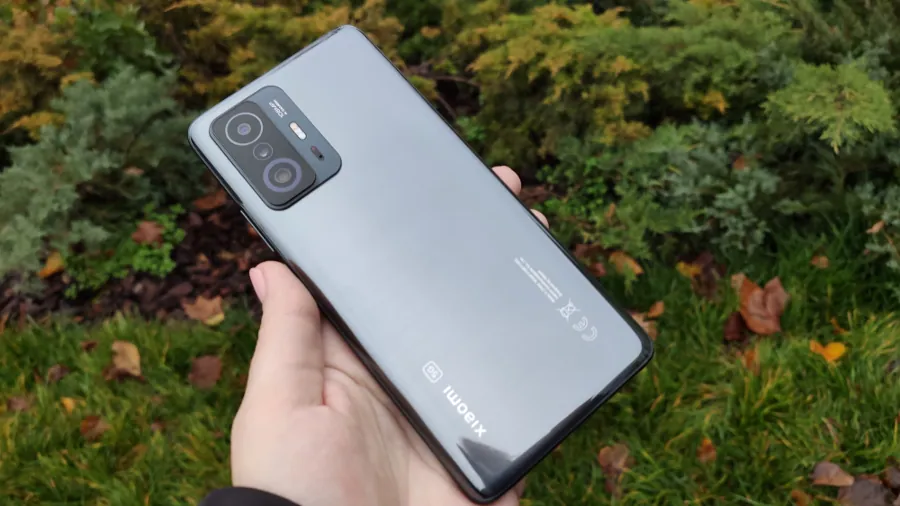
As mentioned above, the design of the Xiaomi 11T is essentially the same as that of the 11T Pro. Or vice versa. The dimensions of the device are 164.1 × 76.9 × 8.8 mm, and the weight is 203 g. The smartphone comes in three colors: Celestial Blue, Moonlight White and Meteorite Gray, which review today.
The design idea is quite curious: under the glass panel there’s a plastic that looks like polished metal. But, despite texture, the surface is almost mirror-like. The effect is interesting, but the glossy glass body, either with or without an oleophobic coating, instantly attracts fingerprints. In this regard, a matte surface, like in Celestial Blue or Moonlight White, is be more practical.
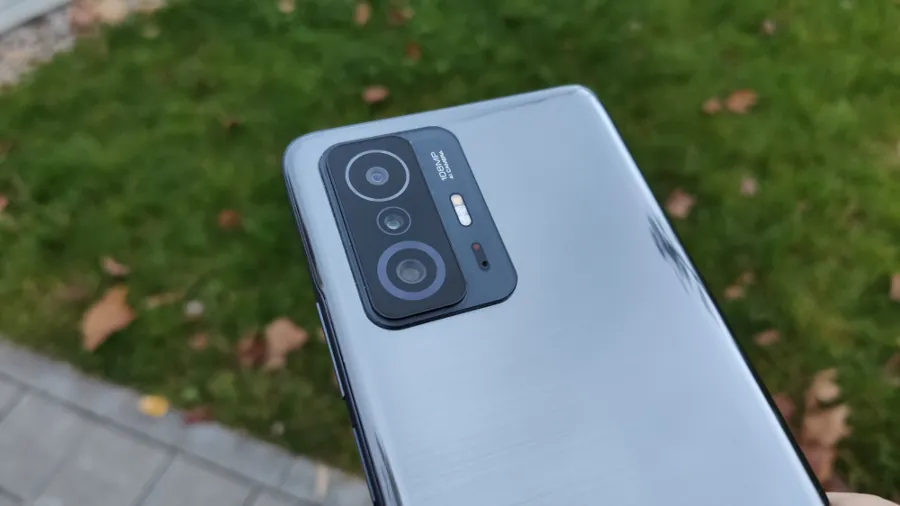
On the back we’ll find the main camera module. And although it does not protrude much, the phone wobbles on a flat surface. You can cancel out the shaking of the smartphone on the table using the bundled case. The module consists of two blocks: the lower one contains the flash, the focus sensor and the microphone, and the upper one contains the cameras themselves. In the best traditions of 2021, Xiaomi did not spare the space for the lenses and they look quite massive. In the lower left corner you can see the brand name and the 5G inscription, and on the right, there are some technical markings.
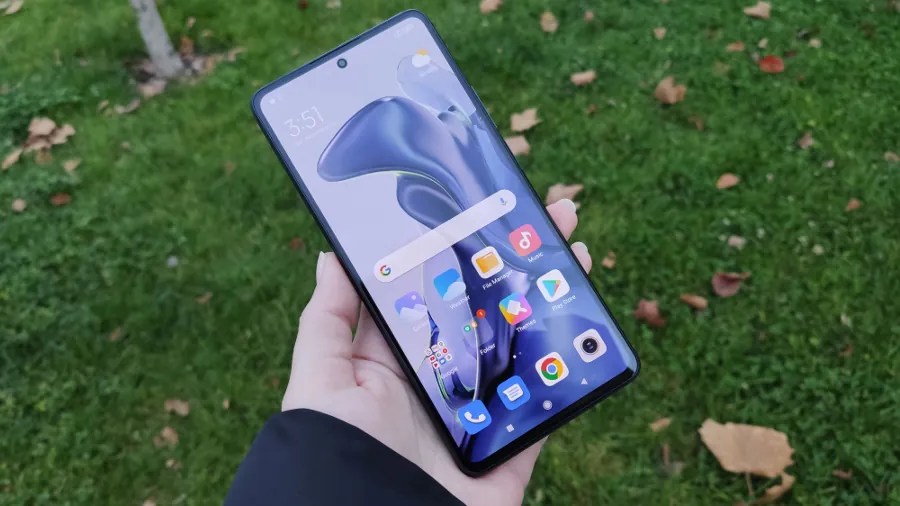
From the front, the Xiaomi 11T looks quite familiar: a large screen with small bezels around it and a hole under the earpiece speaker. However, this is how most smartphones look today.
The top and bottom edges are most likely completely made of solid plastic, but in some places you begin to doubt that it is plastic. So, for example, the bottom edge, where the charging connector is located, looks more like metal, and the top one is glass. But, again, most likely this is just a coating, since it doesn’t feel like metal or glass.

As for the controls, everything is as expected. The left side was left unused, on the right there’s the volume control buttons and the power button, combined with a fingerprint scanner.
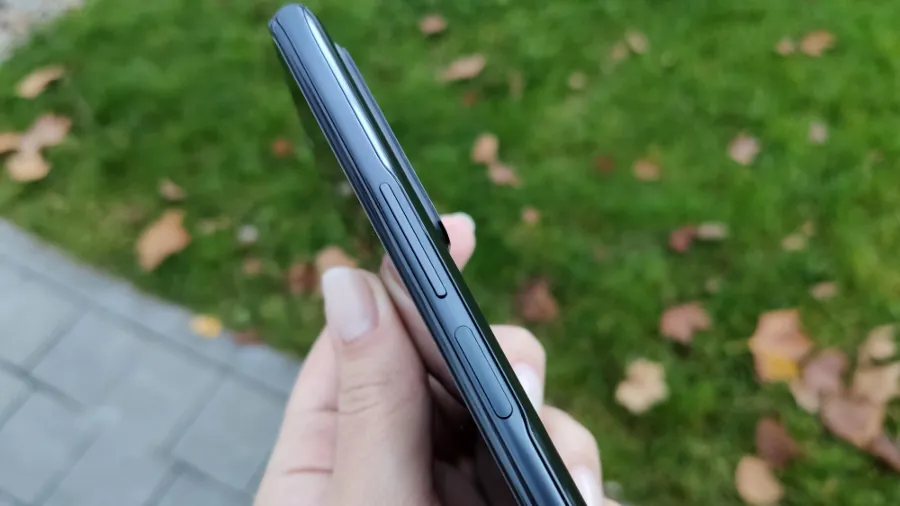
Above you can see a speaker and an infrared port, and from the bottom there is a Type-C port, another speaker, a hole for a microphone and a slot for two SIM cards.
As you would expect, the phone line lacks a 3.5 mm audio jack, so you will have to use a 3.5 mm to Type-C adapter for wired headphones, or use wireless ones. The phone is not water or dustproof in any way, which is a shame.
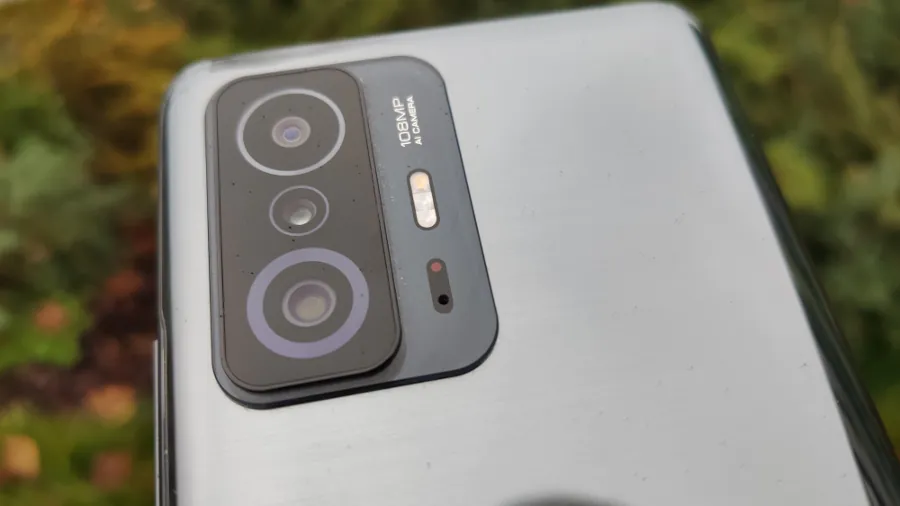
Read also:
- Xiaomi Mi 11 Lite review: an imposter?
- Xiaomi Mi 11i review: the most affordable flagship on Snapdragon 888
Display
The Xiaomi 11T has a 6.67-inch AMOLED-matrix with a resolution of 2400×1080 pixels, a pixel density of 395 ppi and an aspect ratio of 20:9. The screen supports HDR10+ and 120Hz refresh rate. Intermediate steps (for example, 90 Hz) are not provided, but, in principle, there is no real need for them, since the maximum refresh rate of 120 Hz is adaptive and varies depending on the type of content. This solution allows you to balance between a pleasant smooth picture and reasonable battery consumption. The screen is protected by Gorilla Glass Victus, which, according to the manufacturer, can withstand drops from a height of up to 2 meters and is 2 times more resistant to scratches. Let’s take their word for it.
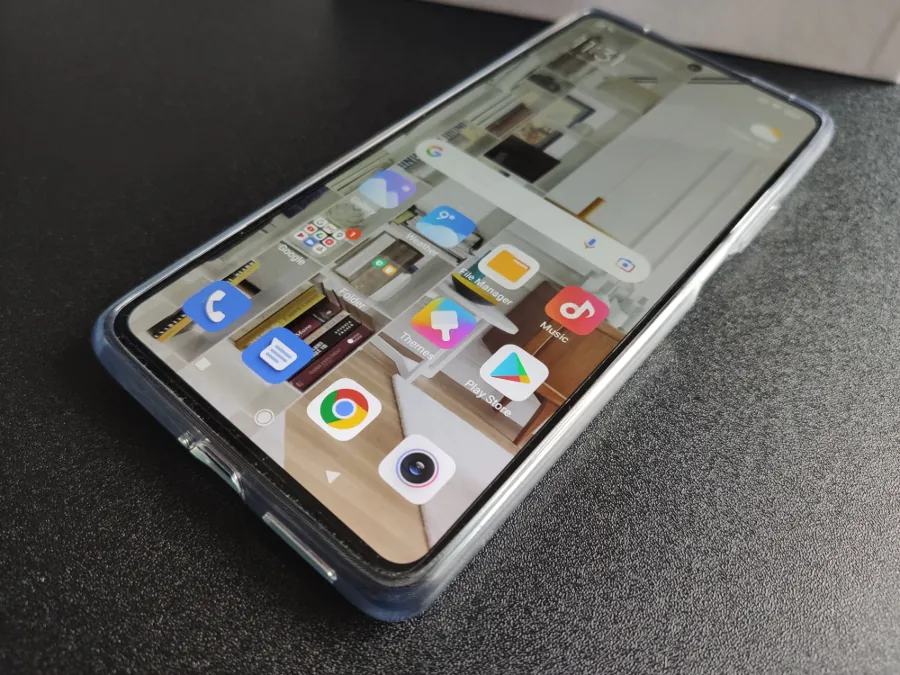
There are no issues with brightness (1000 nits), the screen is perfectly readable in sunny weather. There are many color rendition settings, which makes it possible to customize the image as you like. There are three main display modes: Vivid, Saturated and Original. And in each of them, you can manually adjust the temperature and color tone. In the advanced settings, you can select the P3 or sRGB color gamut, adjust the hue, saturation, contrast and color gamut. There is also an adaptive color rendering mode, in which the display of colors will change depending on the lighting.
There is also a DC Dimming mode, but it only works at 60 Hz. Personally, I was more impressed by the reading mode, which was upgraded to version 3.0. In addition to the standard reading mode, in which blue light is simply suppressed by a warm color, there is also a new Paper mode, in which a paper texture is simulated to reduce eye strain. You can also adjust the texture level of the background, as well as change the color rendering (all colors, light colors or black and white). All in all, the paper texture idea is great. Just what you need after a day of staring at monitor. During testing, I used only this mode in the evenings – this way my eyes get tired less.
Standard features are all here: dark/light theme, dark theme on schedule, and a number of Always-On settings where you can choose and customize the display style, set your own image, set the visual effect when you receive a notification, and the like.
Performance and wireless connections
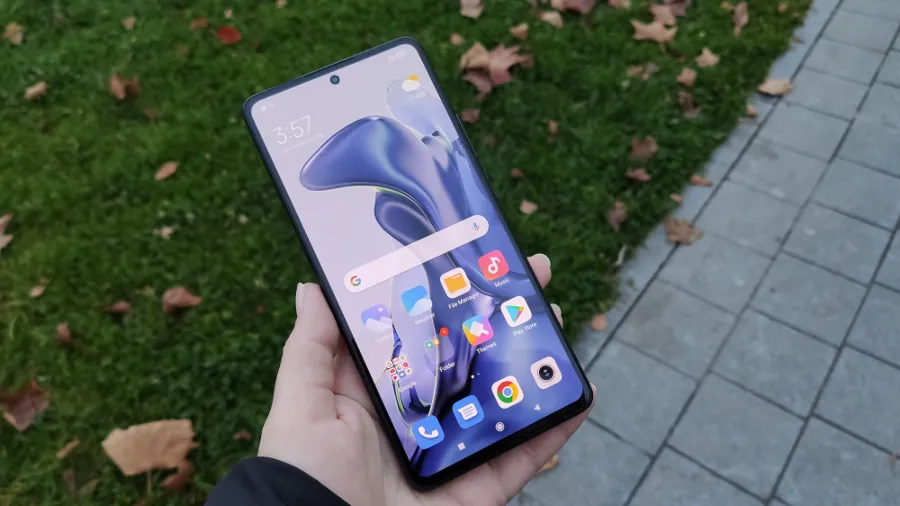
Unlike the Xiaomi 11T Pro, which is powered by the flagship Snapdragon 888 5G, the 11T is powered by the equally flagship-level MediaTek Dimensity 1200 chipset. And this is one of the key differences between smartphones. The Dimensity 1200 is based on a 6nm process technology and consists of one Cortex-A78 core clocked at up to 3.0 GHz, three similar cores, but with a frequency of 2.6 GHz and four more energy efficient Cortex-A55 at 2.0 GHz. The graphics are processed by the Mali-G77 MC9.
The smartphone has two modifications: 8/128 GB and 8/256 GB. Choosing between the first and second options, it is worth remembering that memory cards are not supported by the device. Therefore, here it is better to analyze whether the base 128 GB will be enough or is it better to fork out for all 256 GB right away. As for the wireless interfaces, the set is the most relevant here: there is Wi-Fi 6, Bluetooth 5.2, NFC, as well as geolocation services GPS, QZSS, Beidou and GLONASS. 5G, of course, is also supported.
The smartphone on the Dimensity 1200 is quite spry and future-proof. The 11T handles multitasking and heavy gaming with ease, and everything runs smoothly. Yes, the Snapdragon 888 is the preferred option – for most characteristics and in synthetic tests it beats Dimensity 1200, and mobile game developers are more willing to adapt their projects to Qualcomm chipsets. But in practice, you will hardly be able to notice a significant difference in performance.
In addition, I noticed that the 11T practically does not heat up. For example, in half an hour of Asphalt 9 at maximum graphics settings, the smartphone became only slightly warmer in the area of cameras and at the top. Probably, this is the merit of the cooling technology using an evaporation chamber, because any other smartphone without a cooling system begins to heat up within 10 minutes after launching a demanding game.
Read also:
- Xiaomi Pad 5 review: Excellent Multimedia Tablet
- Xiaomi Mi Smart Band 6 review: A new fitness tracker with SpO2 Sensor
Software
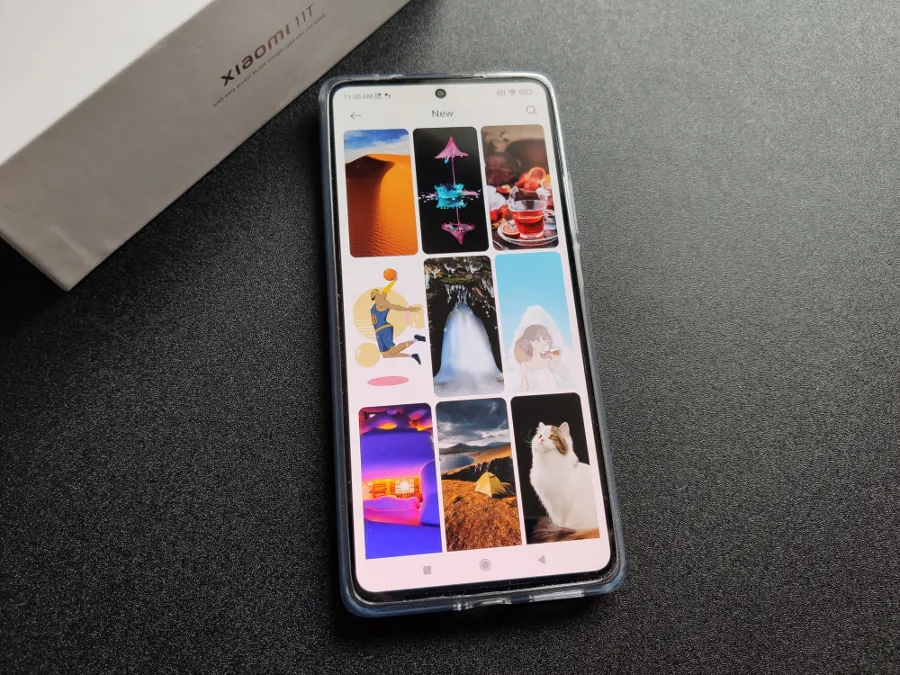
Just like the 11T Pro, the Xiaomi 11T runs on the 11th version of Android with the MIUI 12.5 proprietary shell. Despite the near-flagship positioning, the software capabilities here are not as advanced as those of the flagships or the 11T Pro. You can’t execute any command when tapping on the lid of the smartphone. But everything else is in place: acceleration of games, Mi Share, support for Android Auto, a store with free wallpapers and themes, cloning applications and a stack of customization settings.
Unlocking
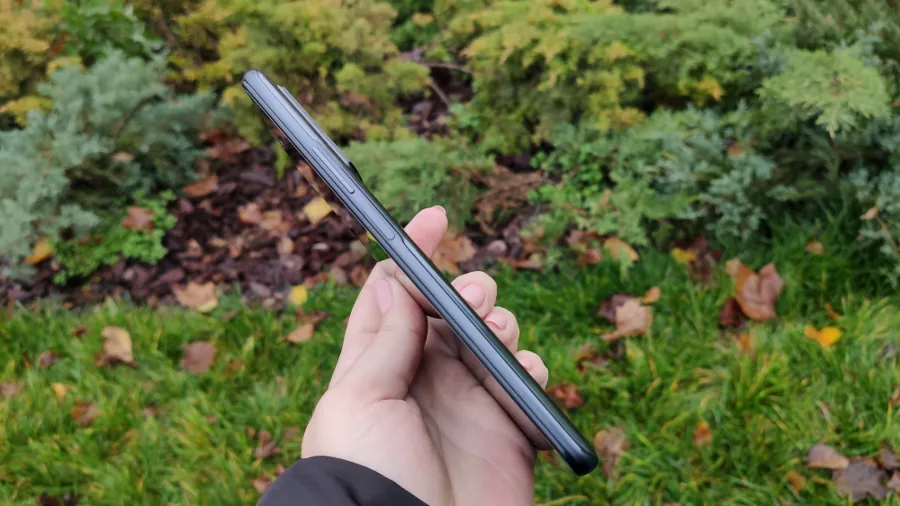
Xiaomi 11T, like most smartphones, is equipped with a fingerprint scanner and face recognition function. Technically, having an AMOLED matrix, it was possible to install an optical in-screen sensor, but reliability won out – the fingerprint sensor is capacitive here and it is built into the power button. Of course, the scanner is very responsive and works lightning fast. Its location is also very good. You can trigger it by touching or pressing.
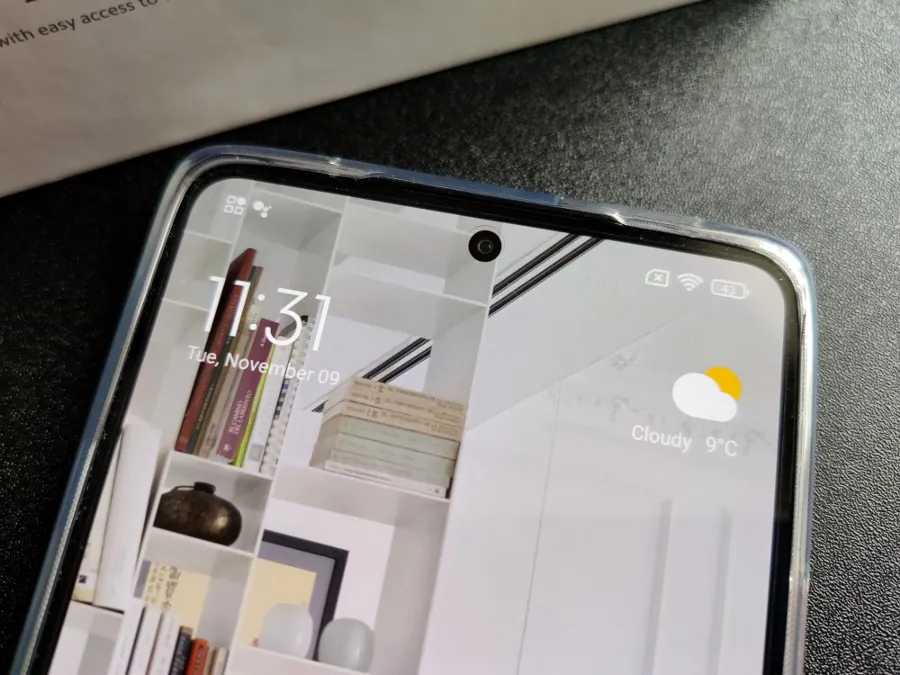
There are no issues with the face scanner either – face unlocking works quite quickly. It is noteworthy that a mask covering half of the face is not always an obstacle at all. On the one hand, it is convenient, since the device can be unlocked quickly even in difficult conditions, on the other hand, security raises reasonable doubts.
Read also:
- Xiaomi Mi 10 Pro review – The ideal people’s flagship?
- Xiaomi Mi Note 10 review – Photo-flagship with 108 MP camera
Cameras
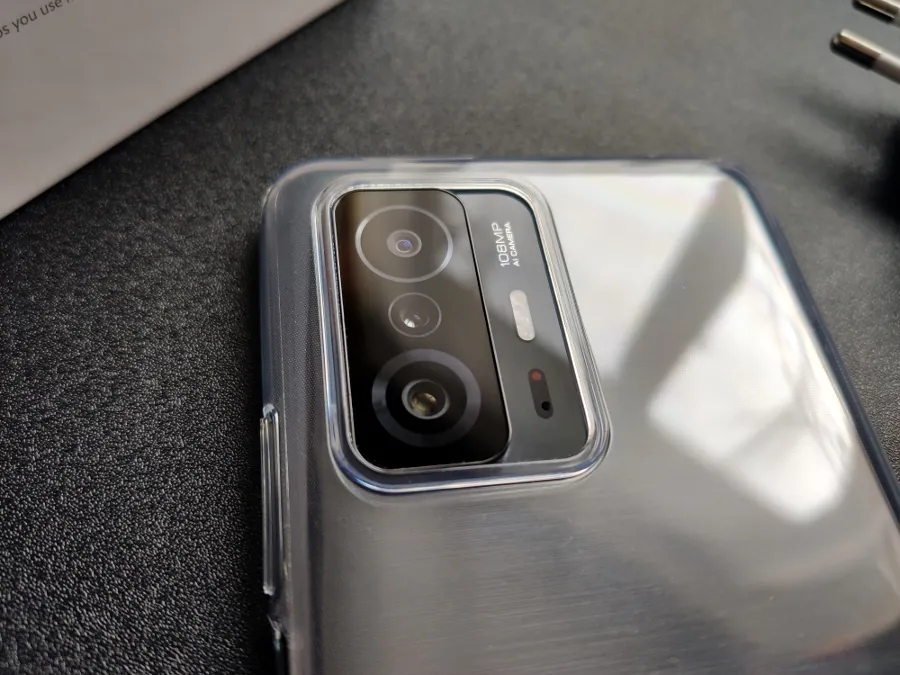
The rear camera consists of three sensors: the main 108 MP with an aperture of f/1.75, a pixel size of 2.1 microns and Super Pixel technology, a wide-angle 8 MP with an aperture of f/2.2 and a viewing angle of 120°, as well as 5 megapixel tele macro cameras with f/2.4 and autofocus.
In the native camera application with a UI typical for Xiaomi smartphones, you can find the following modes:
- for photos – Pro, Photo, Portrait, Night mode, 108 Mp, Panorama, Document, Super Macro, cinematic widescreen mode;
- for video – Video, Video clip (15-second video for Stories), Video blog (for short clips with effects), Slow motion (up to 960 fps at 720p and 120 fps at 1080p), Time-lapse, Dual video (shooting with the main and front-facing cameras at the same time), Cinema Effects (mainly applicable for shooting with a tripod) and Cloning.
The main module supports 4K video shooting at 30 fps. For comparison, the 11T Pro can shoot in 8K, albeit with a time limit (up to 6 minutes per video). Interestingly, the Xiaomi 11T has an audio zoom function for video: the closer the camera zooms to the sound source, the louder the sound is heard on the recording.
By default, the main sensor shoots at 12 megapixels (Super Pixel 9-in-1 feature), but you can forcibly switch to 108 megapixel mode and shoot in full resolution. The difference in the picture is insignificant, and sometimes when shooting in 108 megapixel mode, the photos look less natural.
The main sensor copes with daytime shooting perfectly and even the cloudy sky, which is typical for autumn, does not cause problems. The photos are quite detailed, clear, with pleasant color reproduction. For the purity of the experiment, I did not use AI, since artificial intelligence loves to process images and add contrast and saturation. This way the image is juicier, but most often the colors look too a bit toxic.
EXAMPLES IN THE FULL RESOLUTION
At night, the result is expectedly worse – details are lost, textures are blurred in places, noise and other victims of poor lighting appear. Night mode comes to the rescue. By taking a series of shots and stitching them together into a single frame, the camera captures more light, making photos more detailed and clear. The result from the main sensor can be compared below. On the left are pictures taken in normal mode, on the right photos in night mode. Although, to tell the truth, in some cases I like the photos in the normal mode more. They tend to look more atmospheric.
In Photo mode, you can quickly switch to 2x zoom. The zoom is, of course, digital. And in good lighting it is quite decent.
2X zoom examples in full resolution
The 8-megapixel wide-angle module is quite ordinary. In the daytime, it shoots quite alright. The color rendition of the wide-angle is colder than that of the main module, with a steel undertone. Low-light shots are weak, but if you wish, you can try your luck in the night mode.
Photos from the wide-angle module
The macro camera has a low resolution, but probably due to the “floating” autofocus (3-7 cm), it is more fun to work with. Although there are some shifts in the development of the macro sensor, the camera is still not perfect and is very demanding on lighting.
The front-facing camera here is 16 megapixel with an aperture of f 2.45 and it also has a night mode, which will help to take clearer selfies in low light. The video is shot in 1080p at 30 fps. There is a Palm Gesture support and the ability to take an “elongated” cinematic frame, just like on the main camera.
Sound
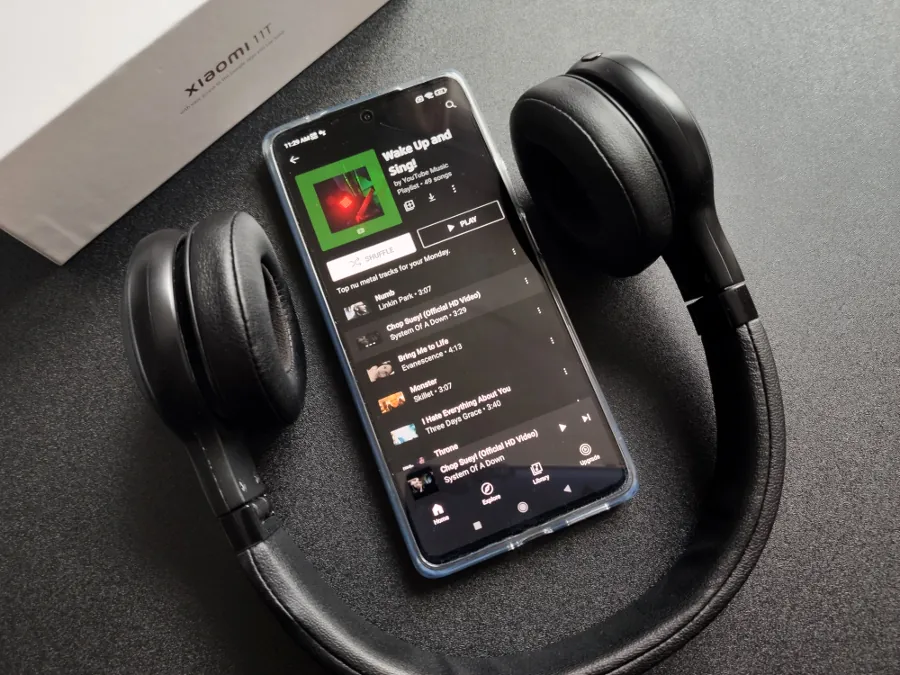
The Xiaomi 11T is equipped with a pair of Dolby Atmos-enabled speakers, which are placed at the top and bottom of the screen and provide a stereo effect. However, the speakers were developed without the involvement of Harman/Kardon, as is the case with the 11T Pro. Unlike smartphones in the higher price segment, the 11T speakers sound less spacious and clear.
In the settings, you can choose one of four audio presets – Dynamic, Video, Music or Voice. By default, the dynamic playback mode is selected and the sound seemed rather flat to me. But, having chosen the option for music, the sound acquired more colors and became more pleasant, including for video. You can turn up the sound using equalizers, both using ready-made modes, and by adjusting your own. But what the settings cannot change is some imbalance in the volume: the lower speaker is a little louder, which becomes especially noticeable at low volume. Either accept this or increase the volume in order to equalize the difference.
The same set of functions is available for headphones: you can enable Dolby Atmos, select a playback mode and an equalizer. I checked both with wired connection (fortunately, I haven’t gotten rid of my adapter yet) and with wireless headphones, and in both cases the sound is quite pleasant.
What else I would like to note is an interesting haptic feedback. In the Xiaomi 11T, it differs slightly from most smartphones – it uses a linear vibration motor along the X axis. The vibration is sharper, but brief and is accompanied by a slight metallic clang, while in the settings you can set a comfortable level of feedback. I rarely pay attention to vibration at all and in my smartphone, but not this time.
Read also:
- Realme GT Master Edition vs Xiaomi 11 Lite 5G NE vs Samsung Galaxy A72: 2021’s hottest mid-rangers go head to head
- Apple iPhone 13 Pro Max Review: The power of incremental changes
Battery life
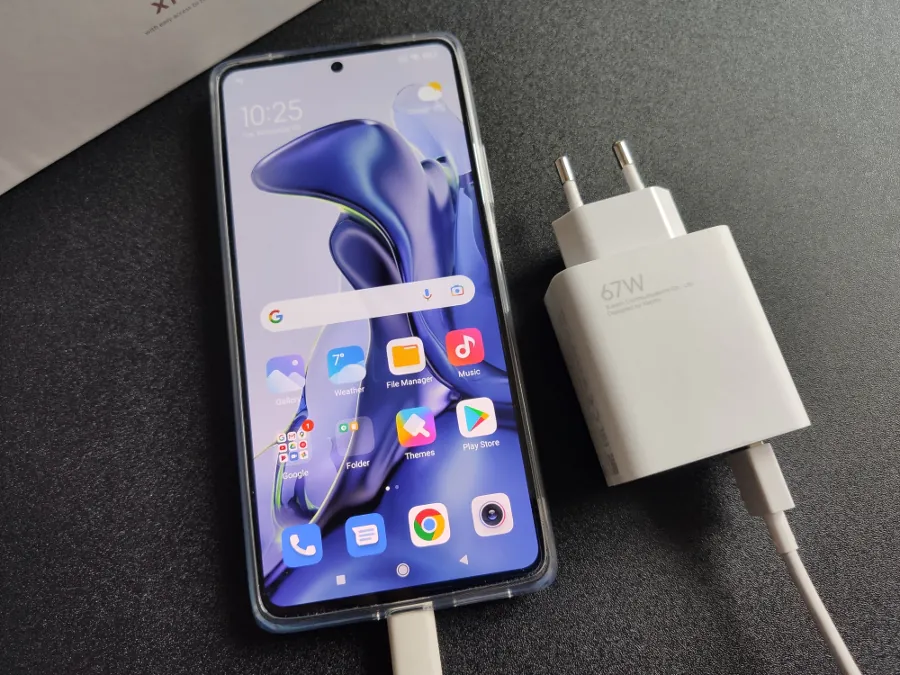
There’s a 5000 mAh battery and support for the fast 67W Mi Turbo Charge. Not 120W, of course, like the Pro version, but also impressive. It is stated that the smartphone will charge up to 100% in just 36 minutes from a massive bundled charger (67 W). I usually charged the device from 20-25% and on average it took me about 30 minutes to fully charge. So far, this is the fastest smartphone I’ve come across in terms of charging, and I definitely love it. My own weak 3000 mAh need at least 1 hour over the wire (20 W) and about 2 hours wirelessly (10 W).
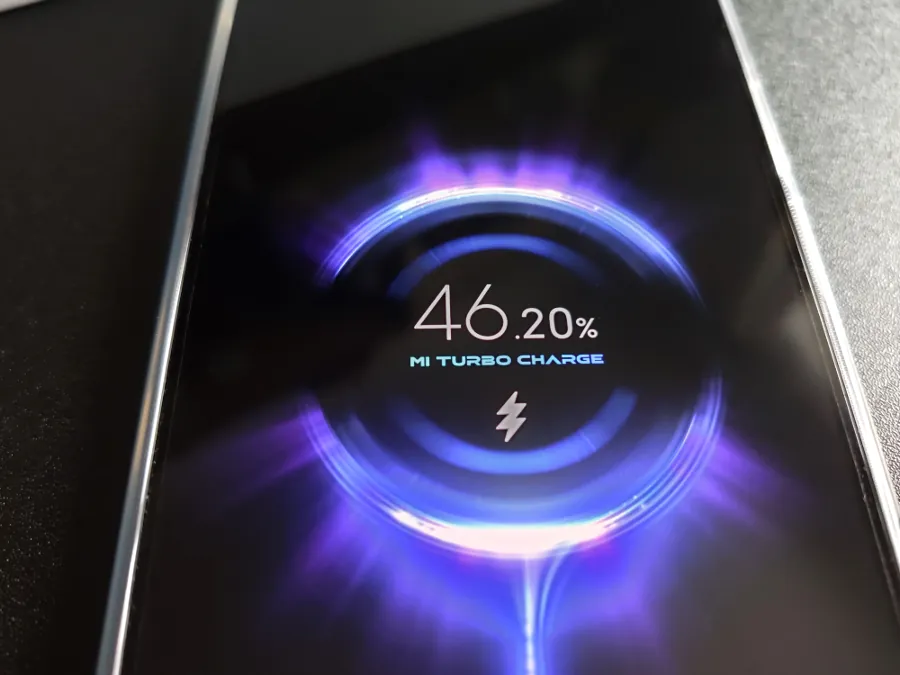
As for the battery life, on average, one charge was enough for me for two days of average load: with social networks, watching videos, surfing, working with instant messengers, Bluetooth and Always-On turned on, and occasional use of the camera. As for me, the result is quite good.
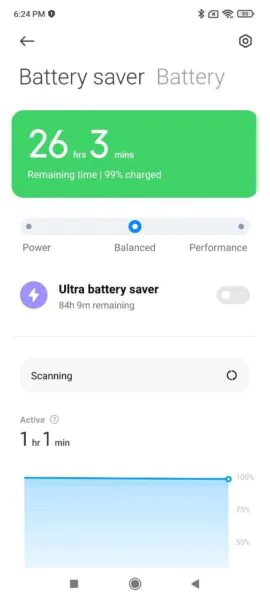
Verdict
The Xiaomi 11T combines a top-end future-proof Dimensity 1200 processor with solid stereo sound, fast 67-watt charging, excellent set (which, in addition to the case, includes a 67-watt AC adapter), promising cameras, an excellent screen with a bunch of settings and a pretty nice up-to-date design. And all this for an affordable price.
Not so much separates it from a “serious” flagship: protection against dust and water, support for wireless charging, optical stabilization, perhaps a more premium design, an in-screen scanner and more advanced software. If these purely flagship features are not a priority, then you can safely choose the Xiaomi 11T.
Read also:
- OPPO X 2021 first impressions: Technology of the future?
- Nintendo Switch OLED review: The handheld is all grown up

Subscribe to our accounts:


